Why Won't Your Snowblower Start?
Ugh, now that blows!
It’s that kind of day again, you know the one. The one that follows suit after a heavy snowfall. You come face-to-face with your driveway, ready to tackle it with your snowblower in tow... only to find that it’s unfortunately not as cooperative as you’d like it to be. If your snowblower is not firing up, a repair is in order.
Treat the following guide as a checklist – it will help you narrow down the most probable causes of your snowblower’s stubbornness!
Does Your Snowblower Have a Case of Bad Fuel?
When old fuel sits in your snowblower’s tank, it turns into sludge. This can gum up the engine and make it hard for it to start up. Fuel can become stale within a month – it then takes on a muddier appearance and emits a sour odor. When this happens, it’s time for a fuel change.
How to Clean the Fuel Tank
To drain its tank, turn the snowblower off and allow it to cool down. Remove the fuel from the tank using a siphon pump. Don’t forget to drain the fuel from the carburetor bowl as well. You can get rid of the residual fuel in the tank by running the engine and letting the system dry out. Afterward, you can replenish the tank with fresh fuel and a fuel stabilizer.
It Might Be the Carburetor!
If your snowblower is still stalling after cleaning out its fuel tank, the next likely culprit behind this issue would be its carburetor. The carburetor’s job is to combine air and fuel in the snowblower’s engine to produce power. If it is clogged, the engine cannot function properly. You would need to remove the blockage from your carburetor by cleaning it.
How to Access the Carburetor
You can locate your carburetor based on what type of snowblower you have. It is typically found beneath the air filter so you would need to remove the filter housing to gain access to it. Use the following instructional videos to guide you through this process:
On A Single Stage Snowblower
- Remove the chute
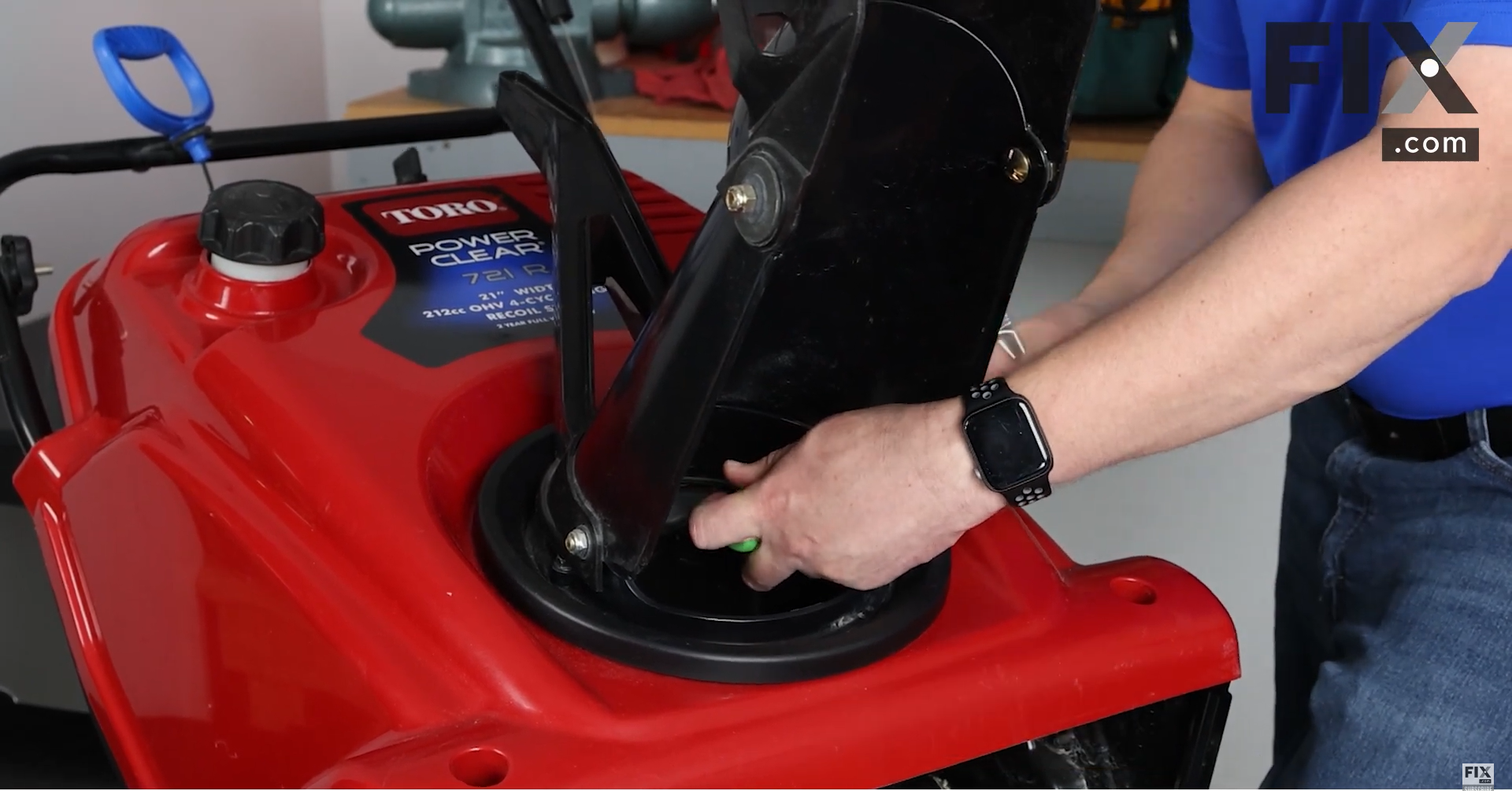
- Detach the chute ring
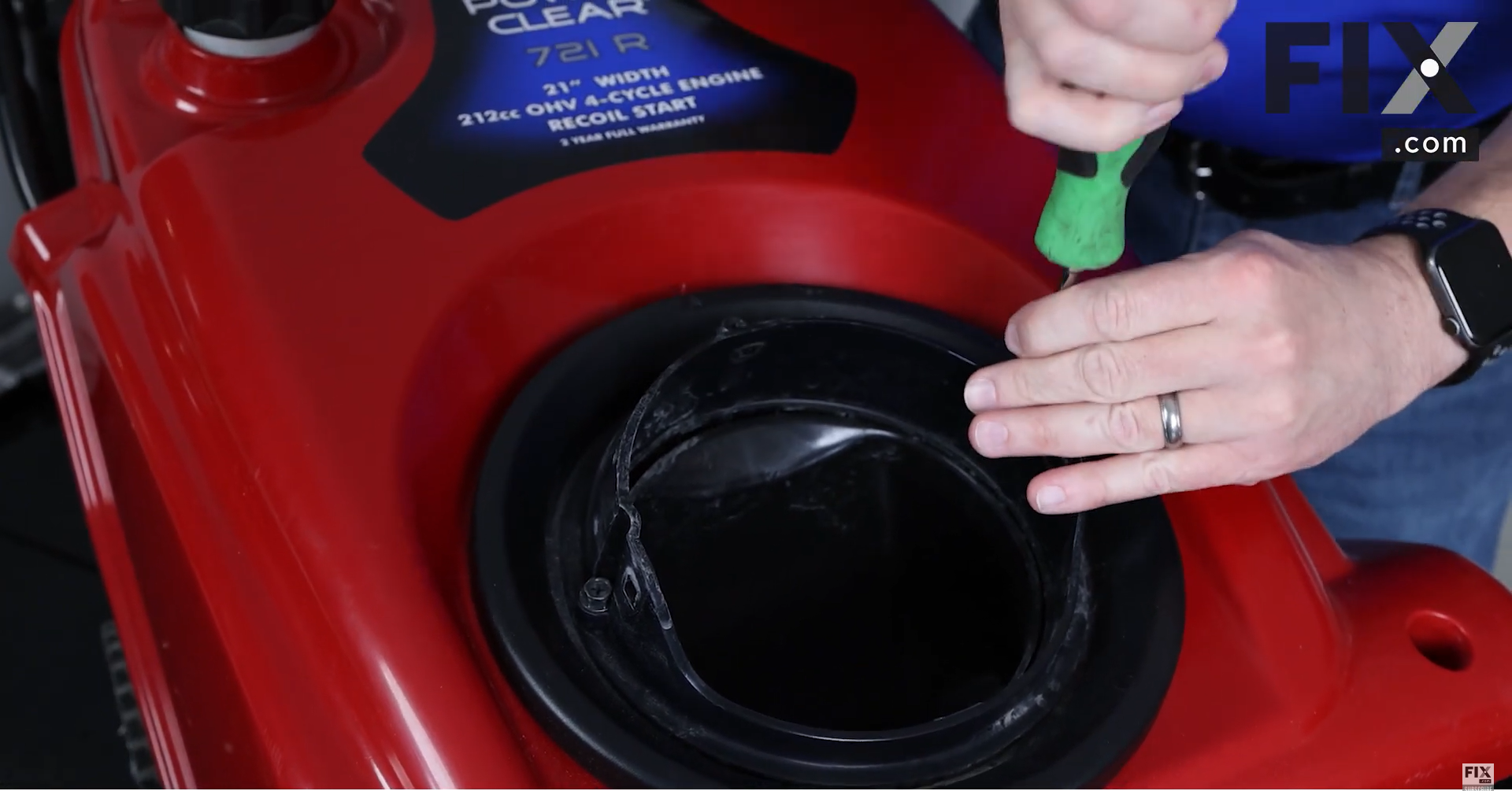
- Remove the upper shroud
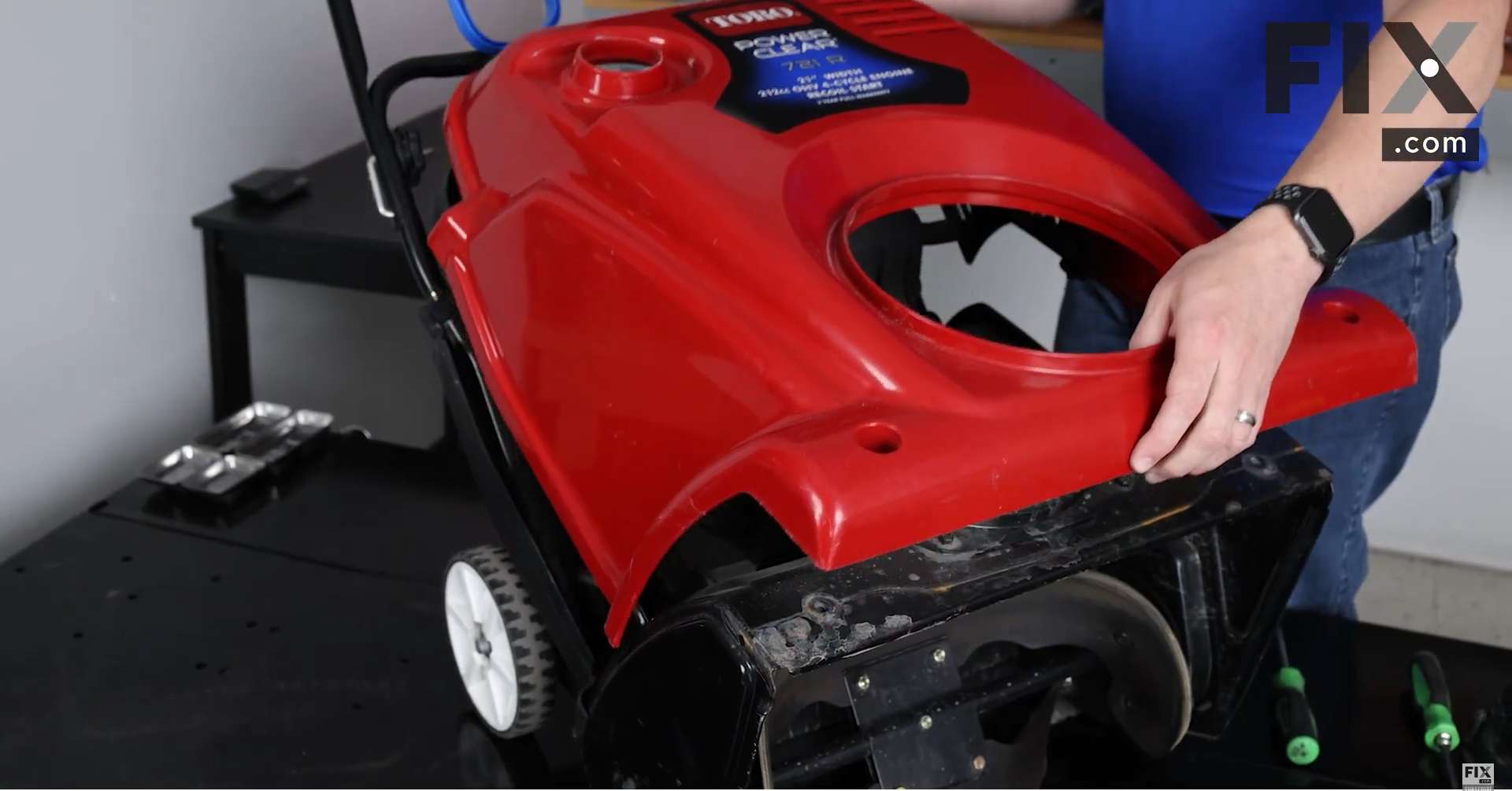
- Separate the fuel tank from the upper shroud
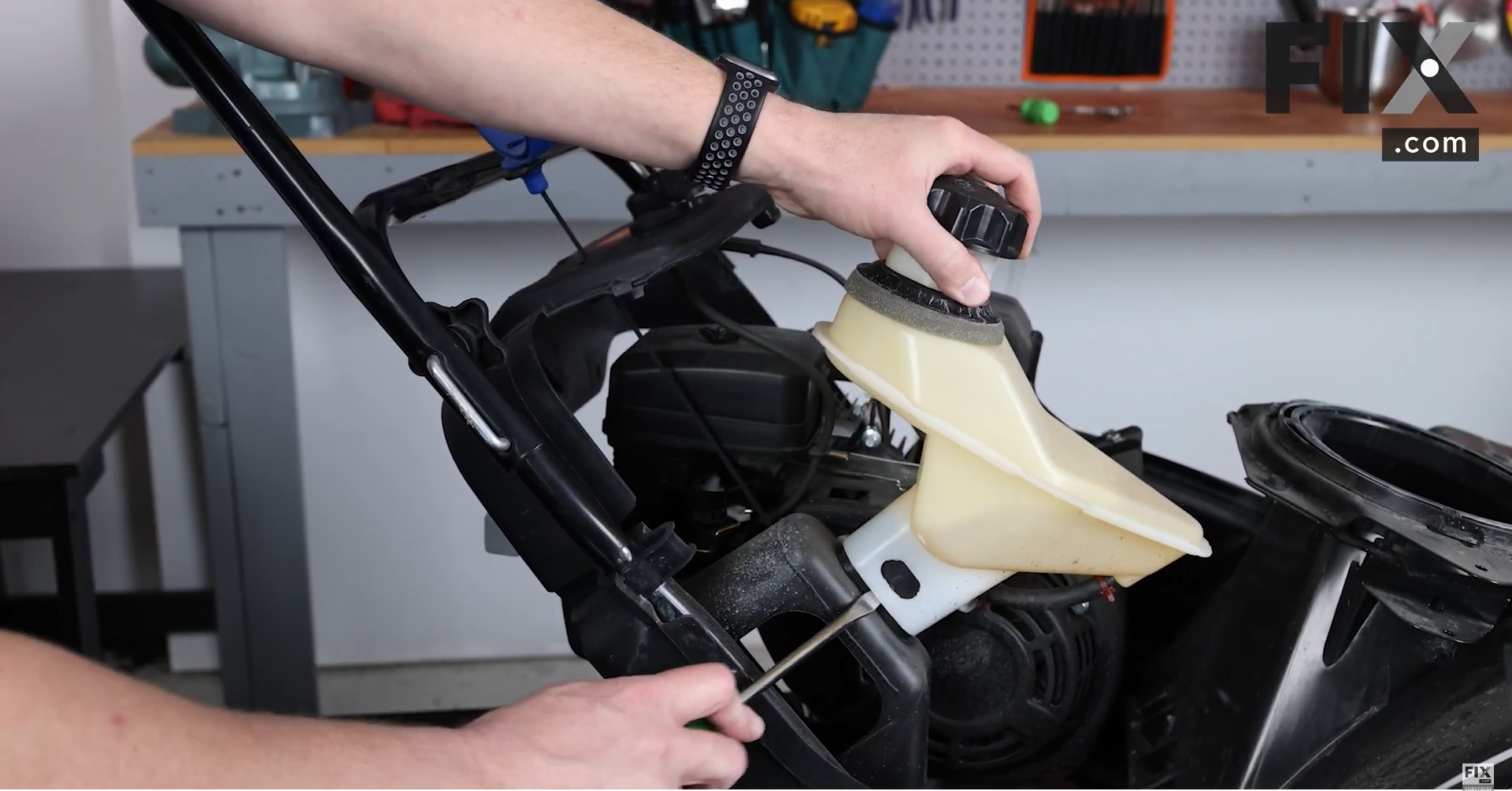
- Pull the starter cord away from the handle.
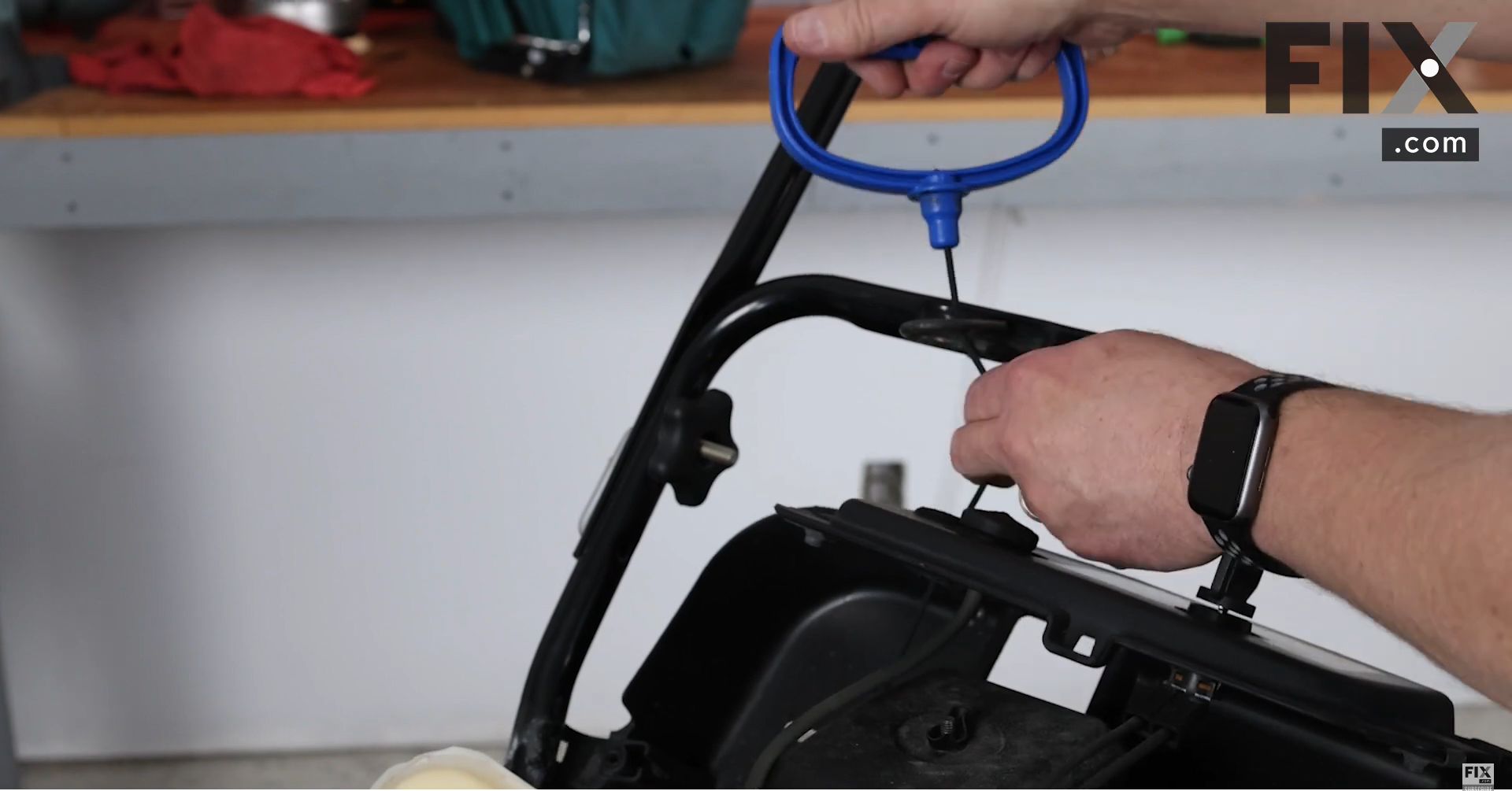 Follow suit by removing the ignition wires and the primer line. You can then unfasten the lower shroud
Follow suit by removing the ignition wires and the primer line. You can then unfasten the lower shroud
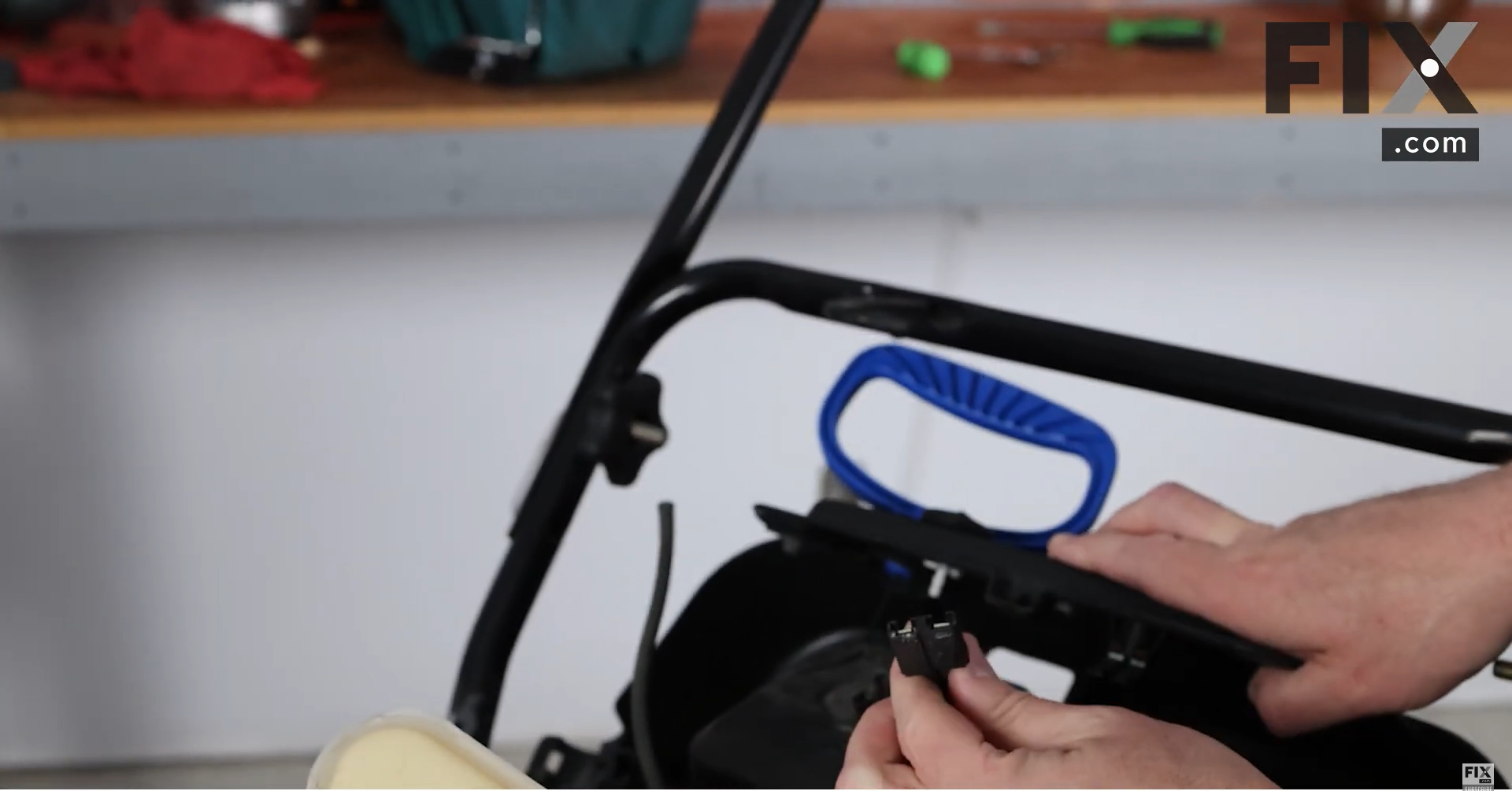
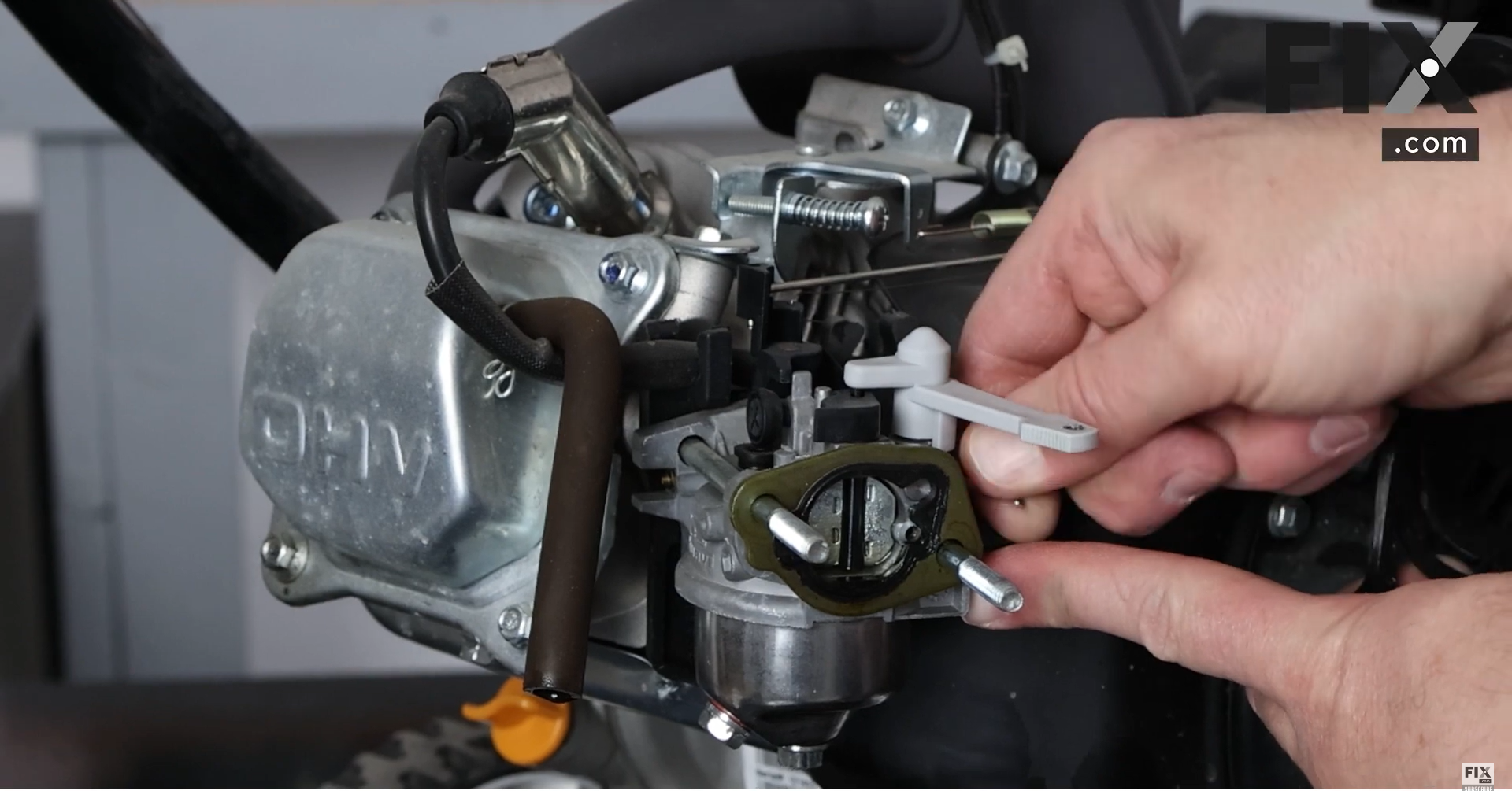
- Clamp off the fuel line
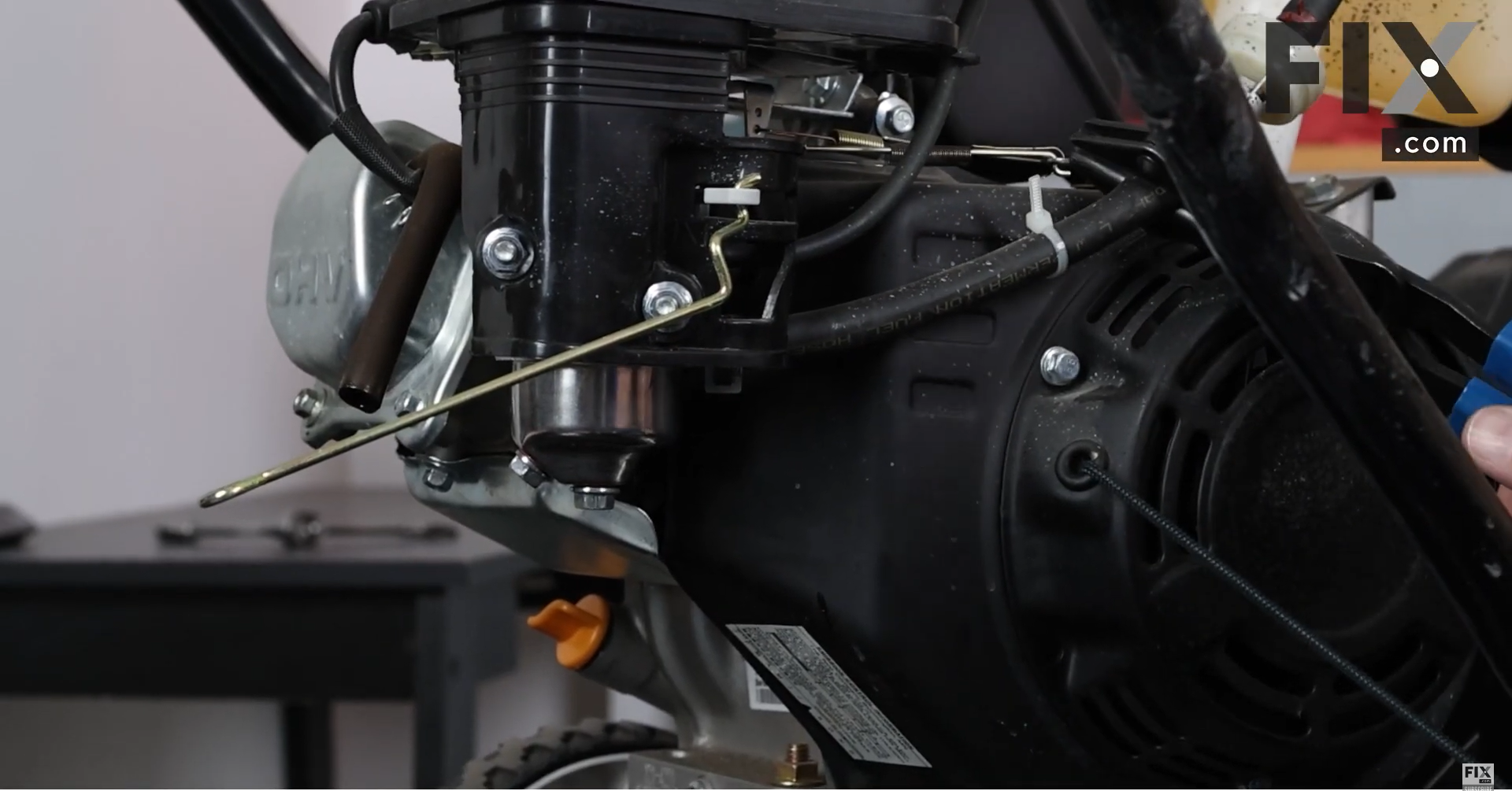
- Remove the hose clamp
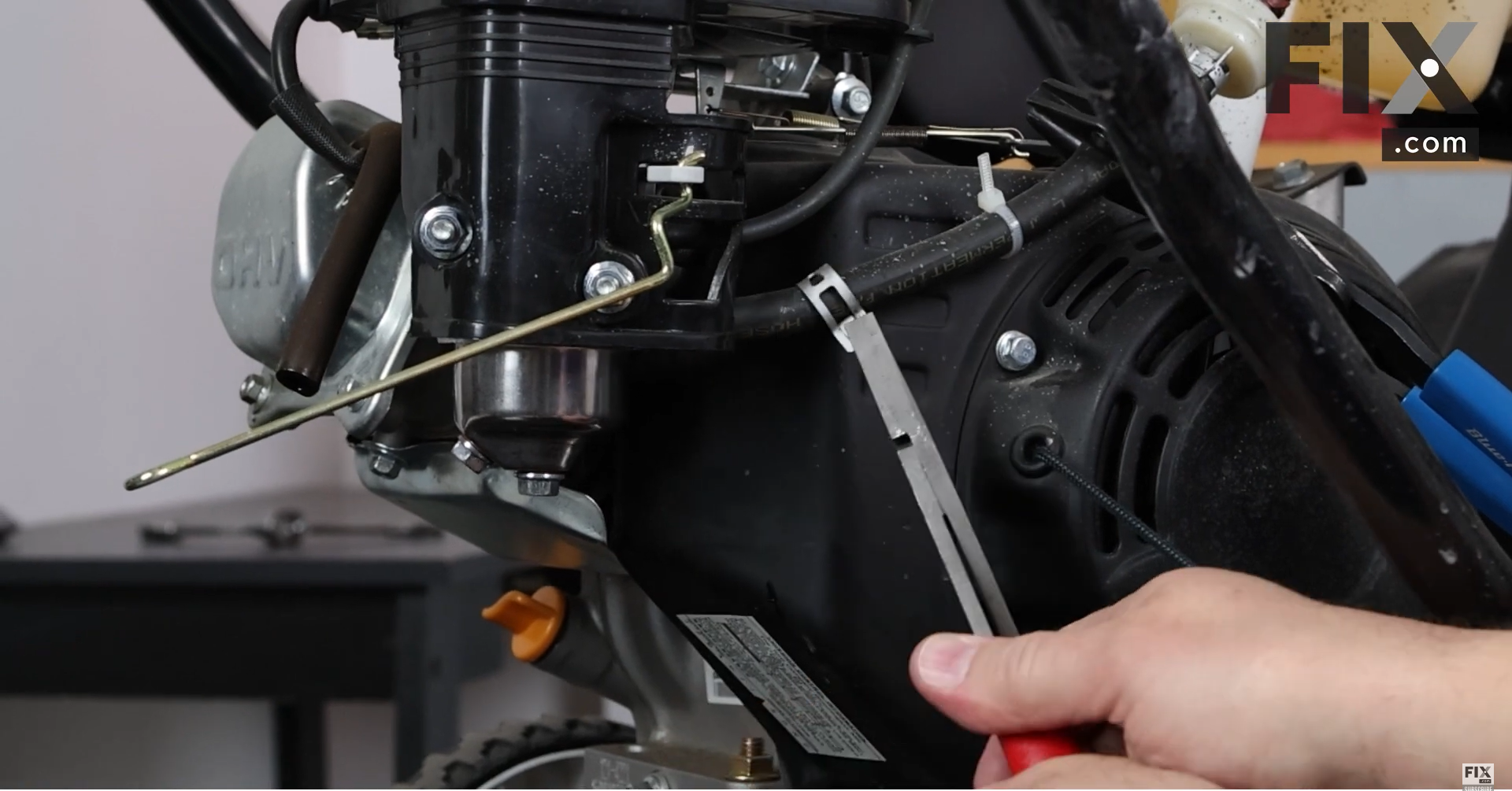
- Pull the fuel line from the carburetor
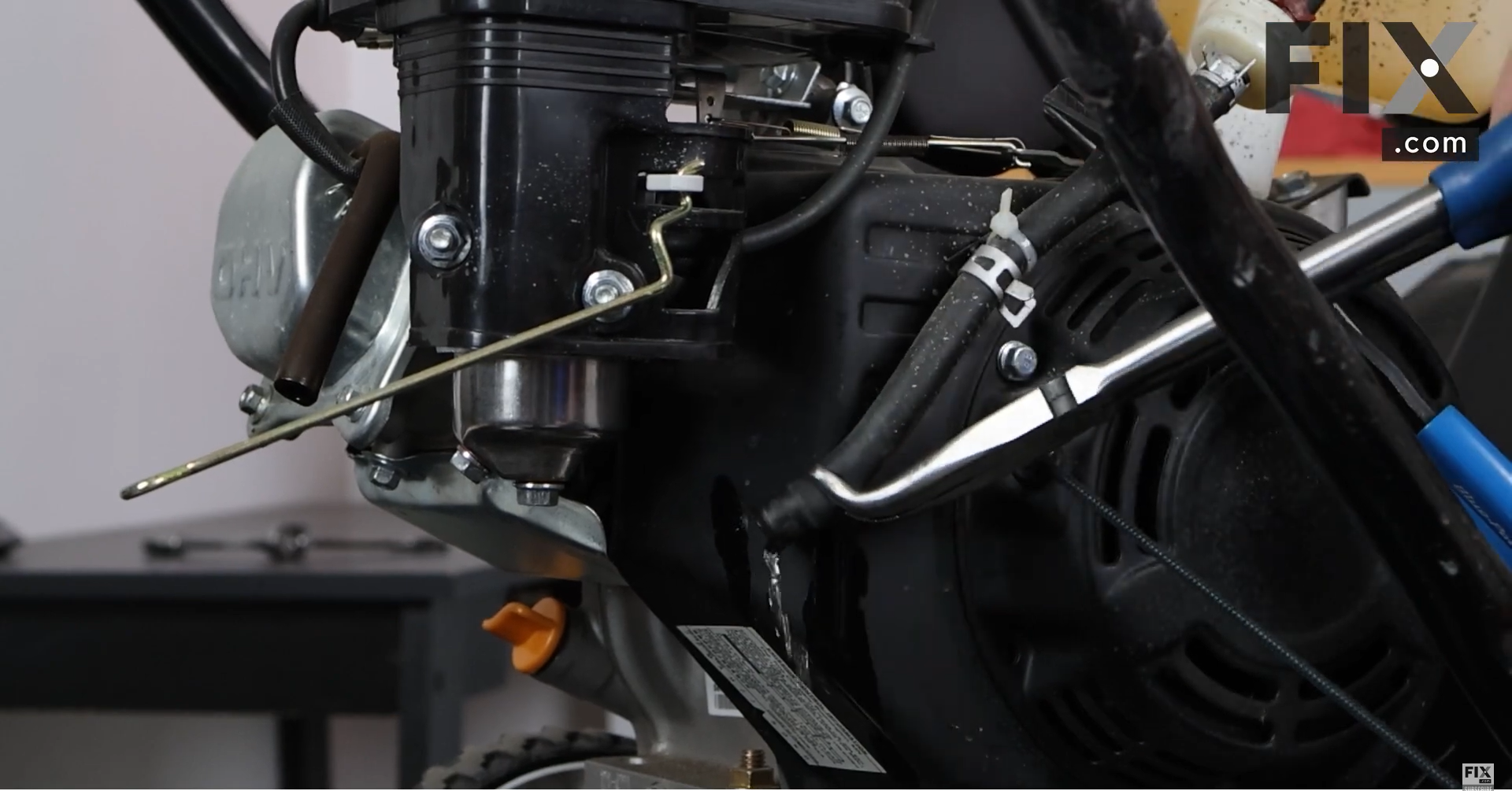
- Take the choke linkage off
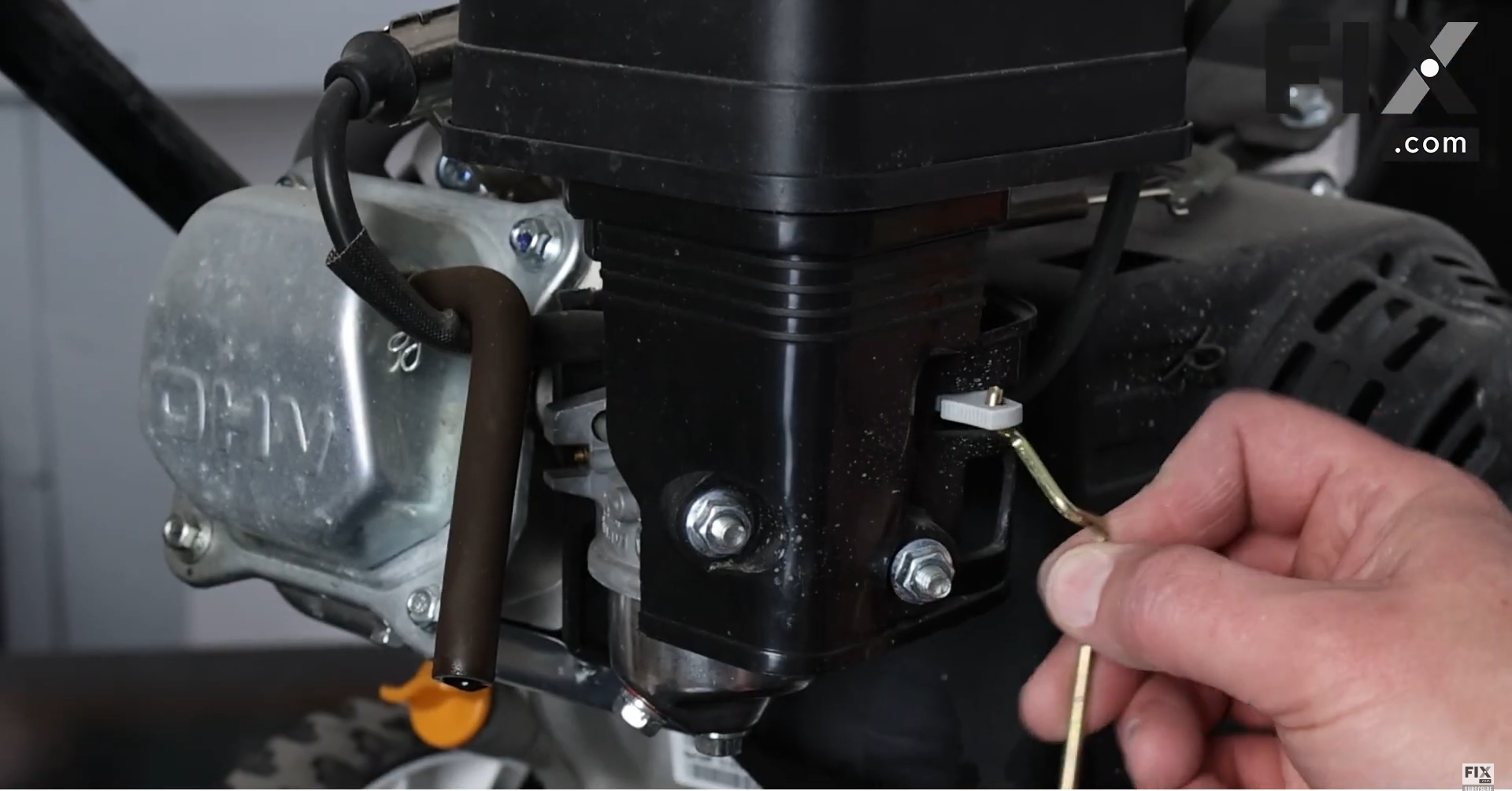
- Remove the air filter box
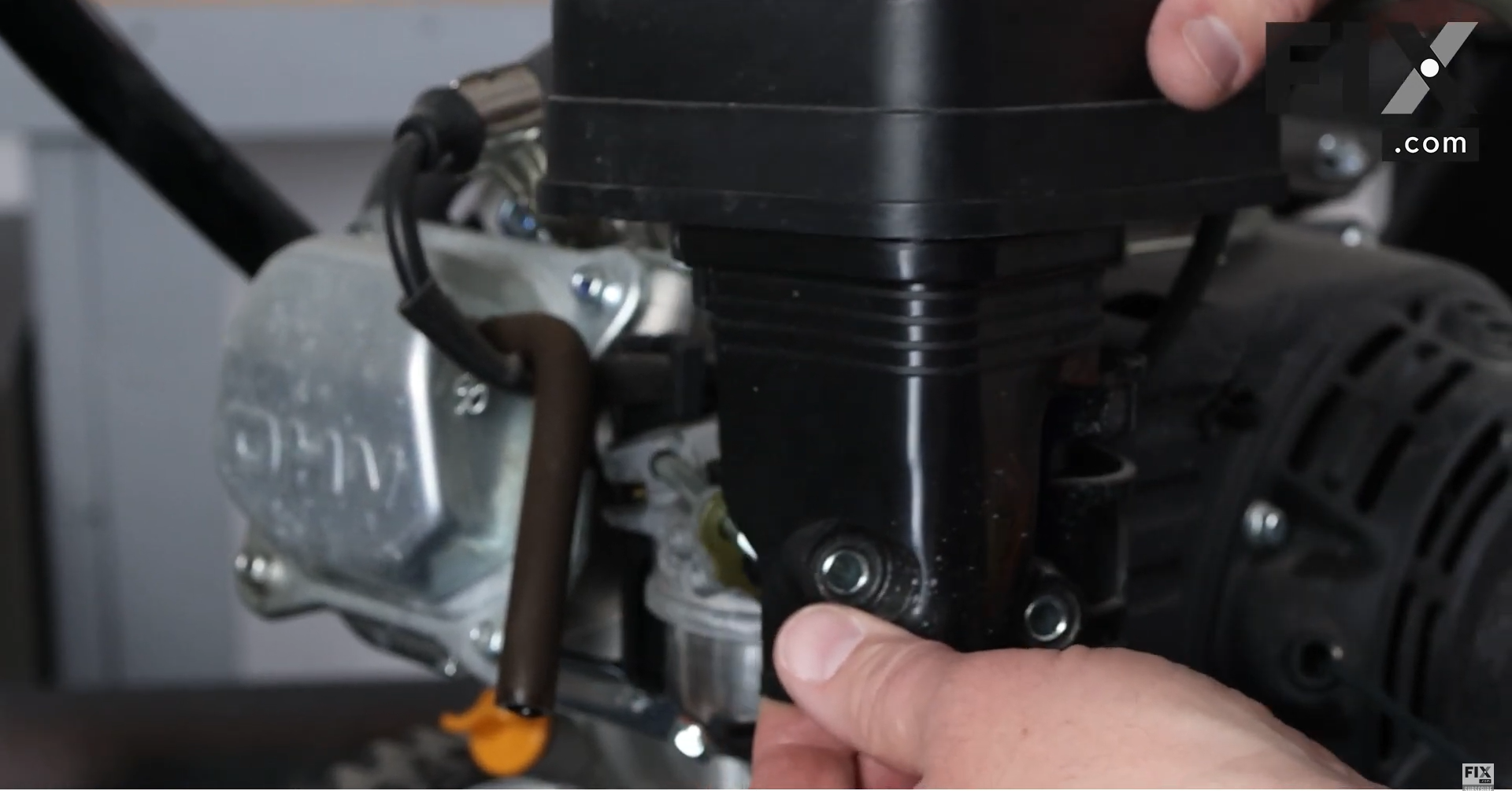
- Detach the opposite end of the primer line
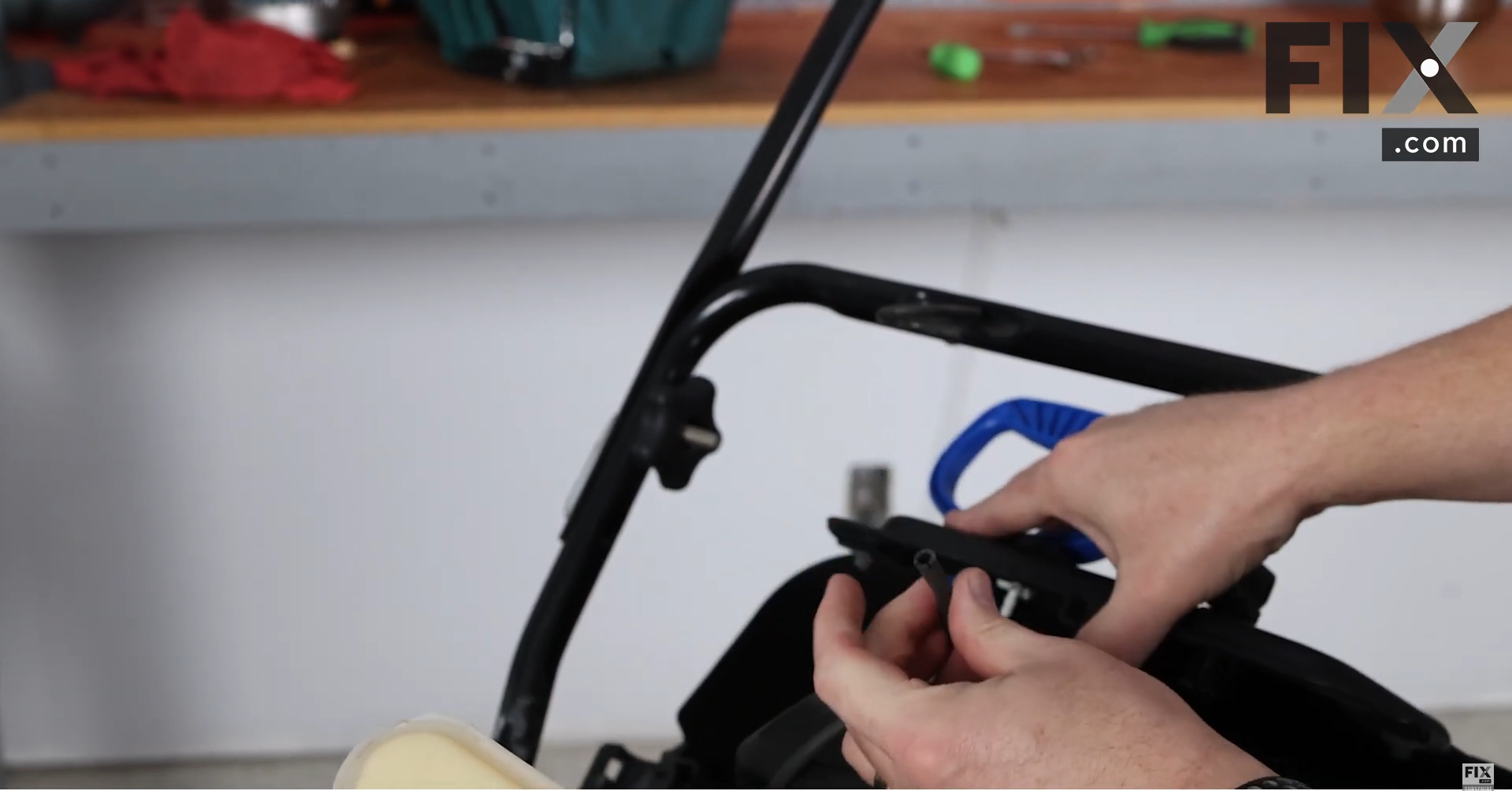
- Remove the gasket to gain access to the carburetor
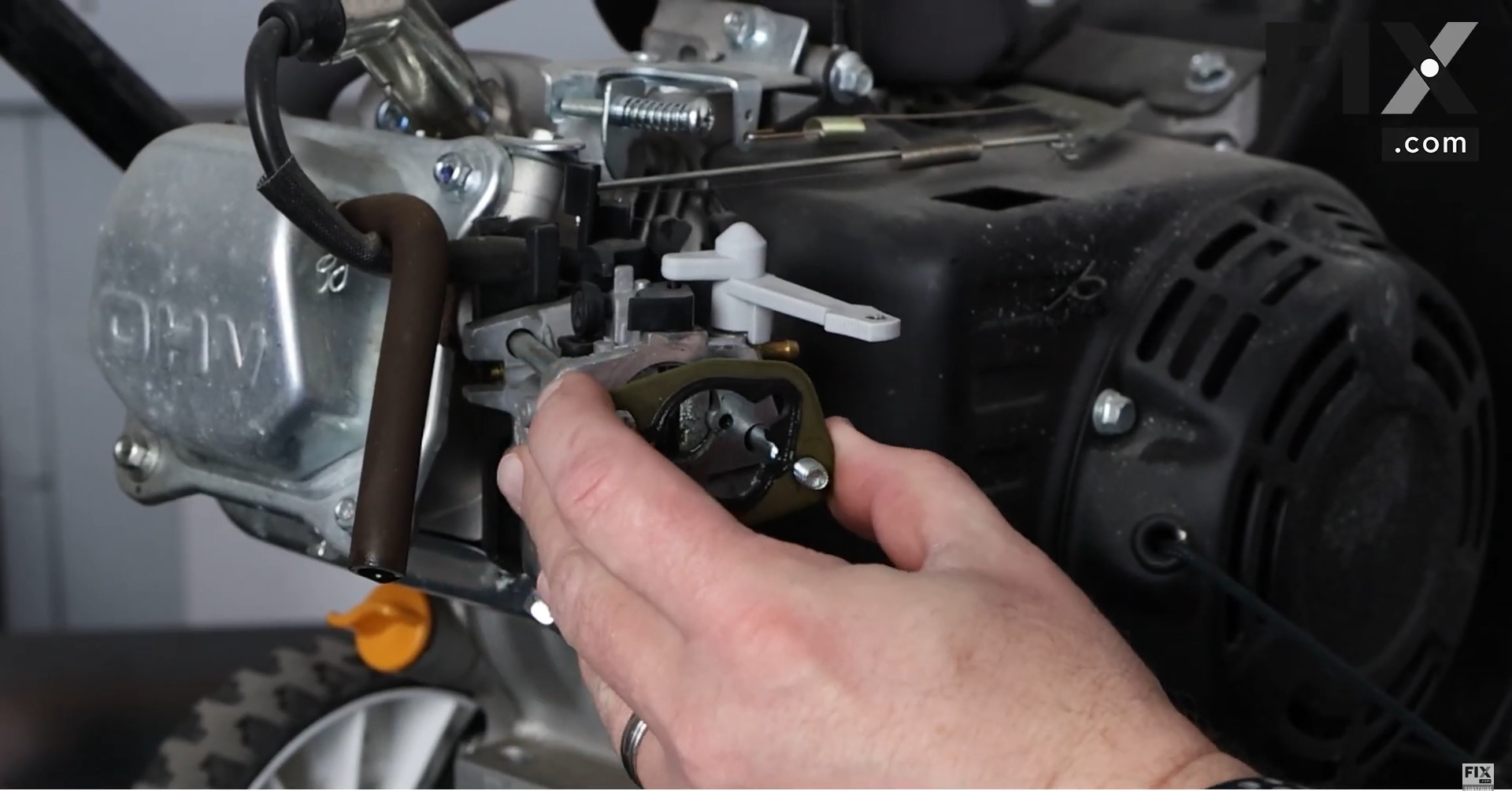
On A Two Stage Snowblower
- Remove the muffler cover
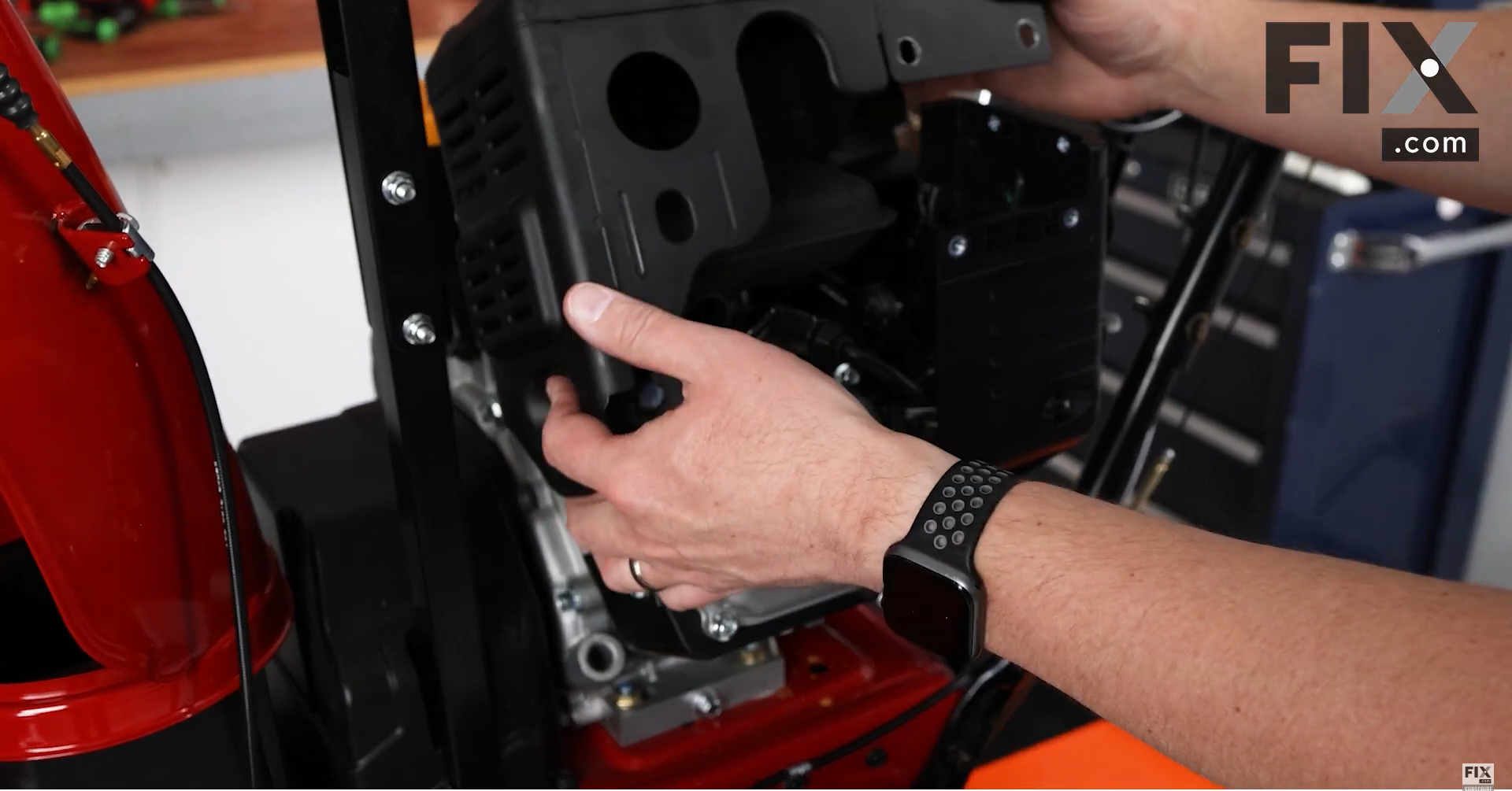
- Unfasten the air filter box
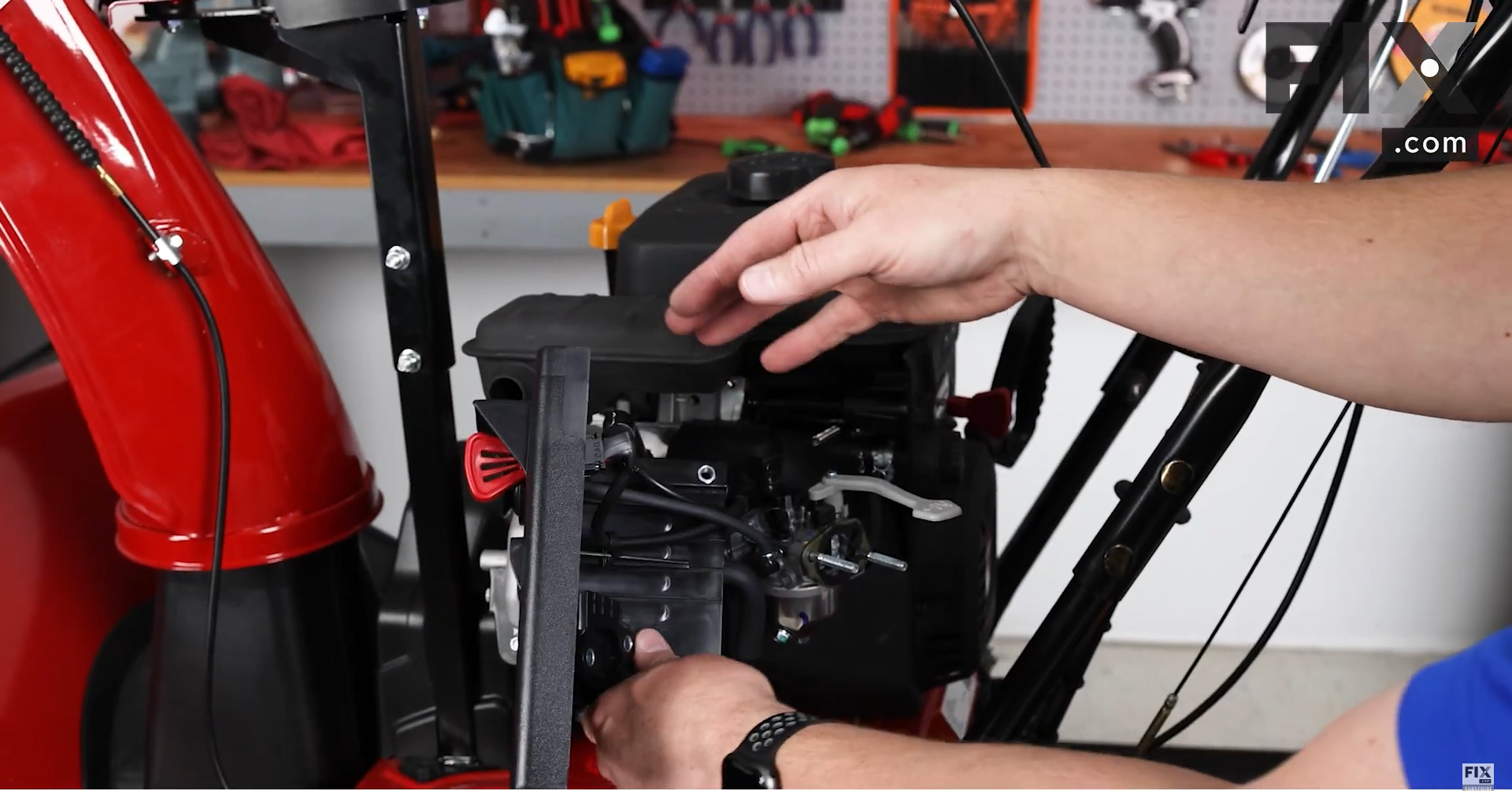
- Disconnect the fuel line and the primer line
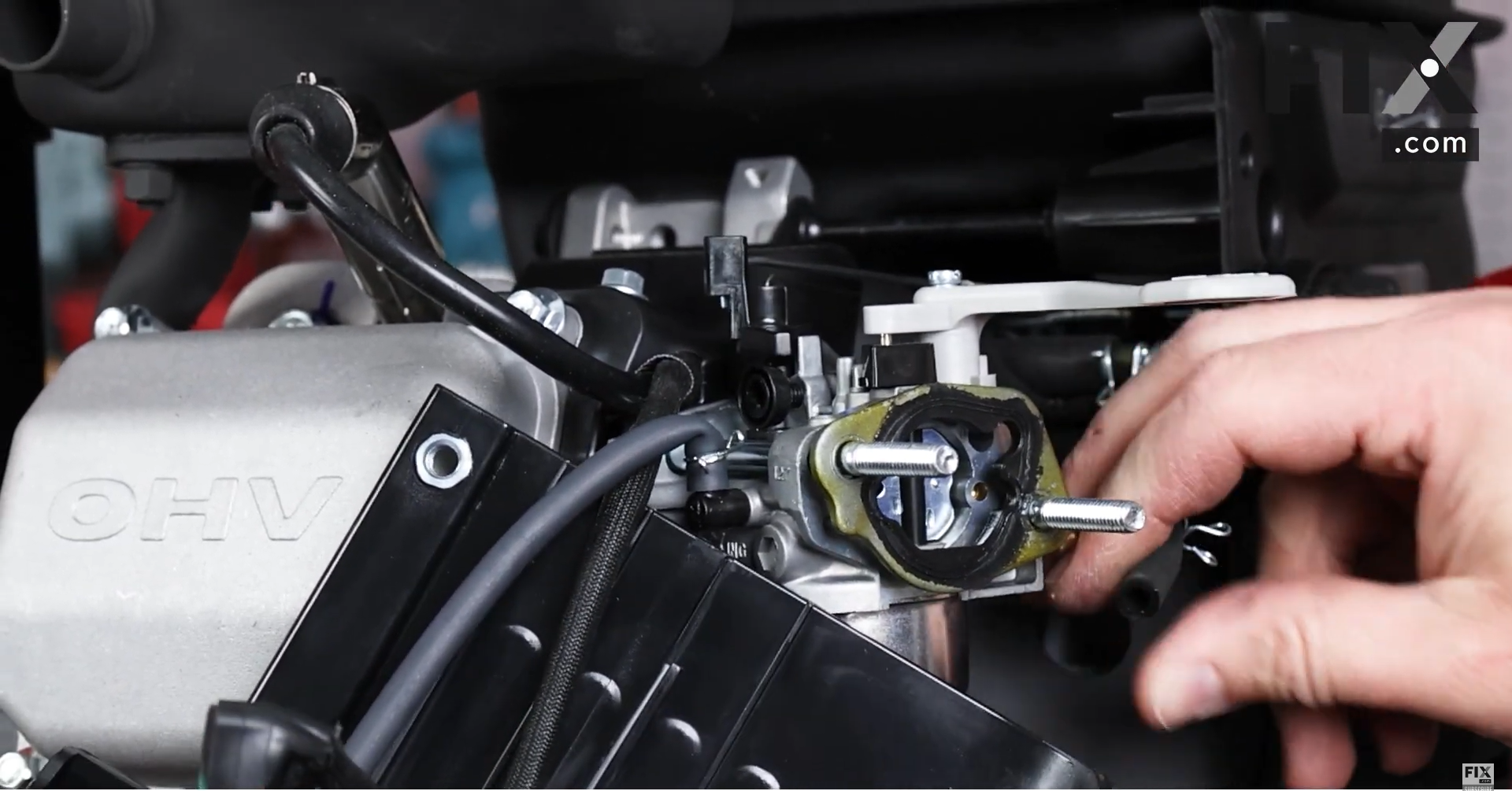
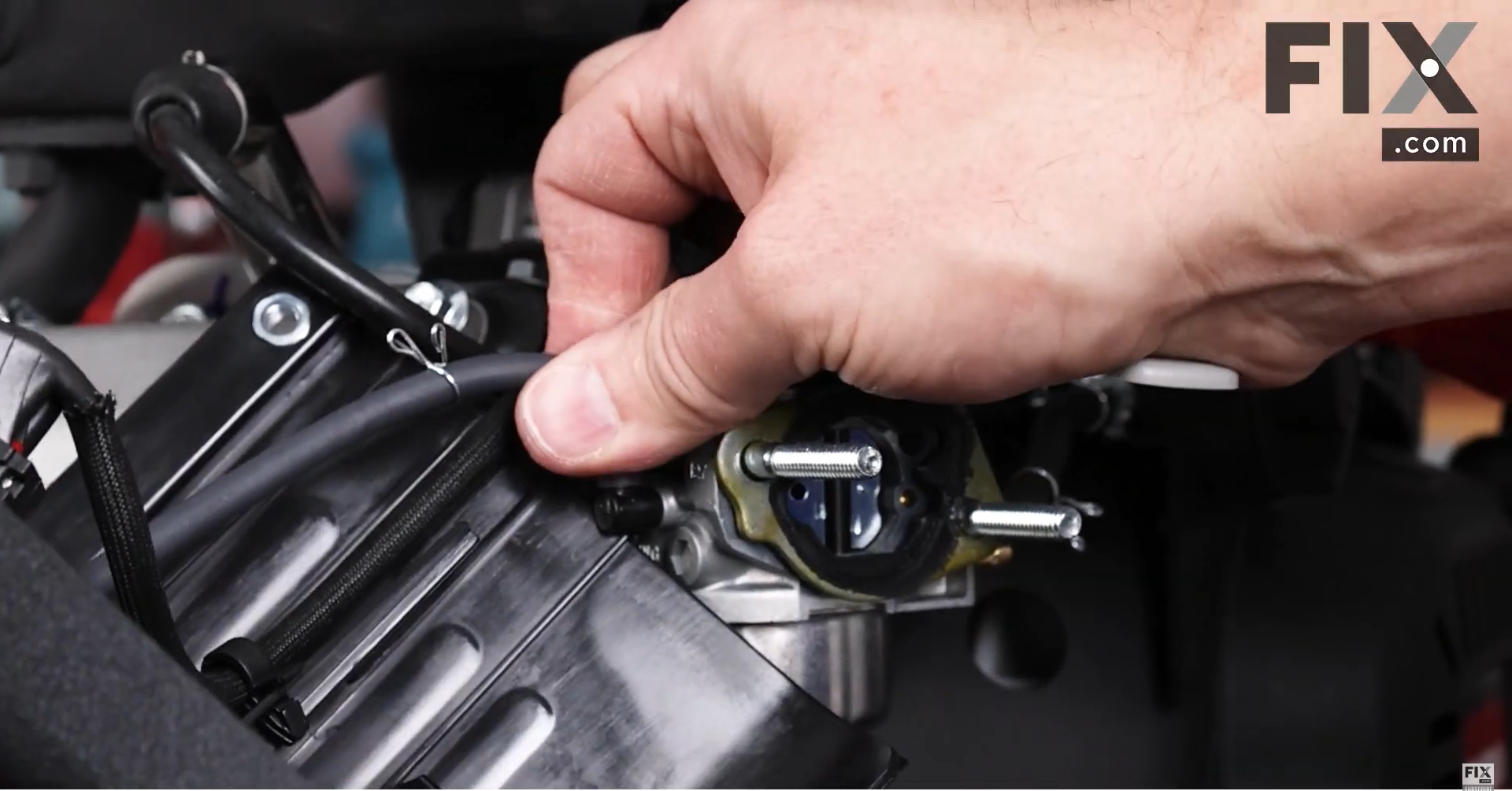
- Take off the gasket before pulling the carburetor away from the engine
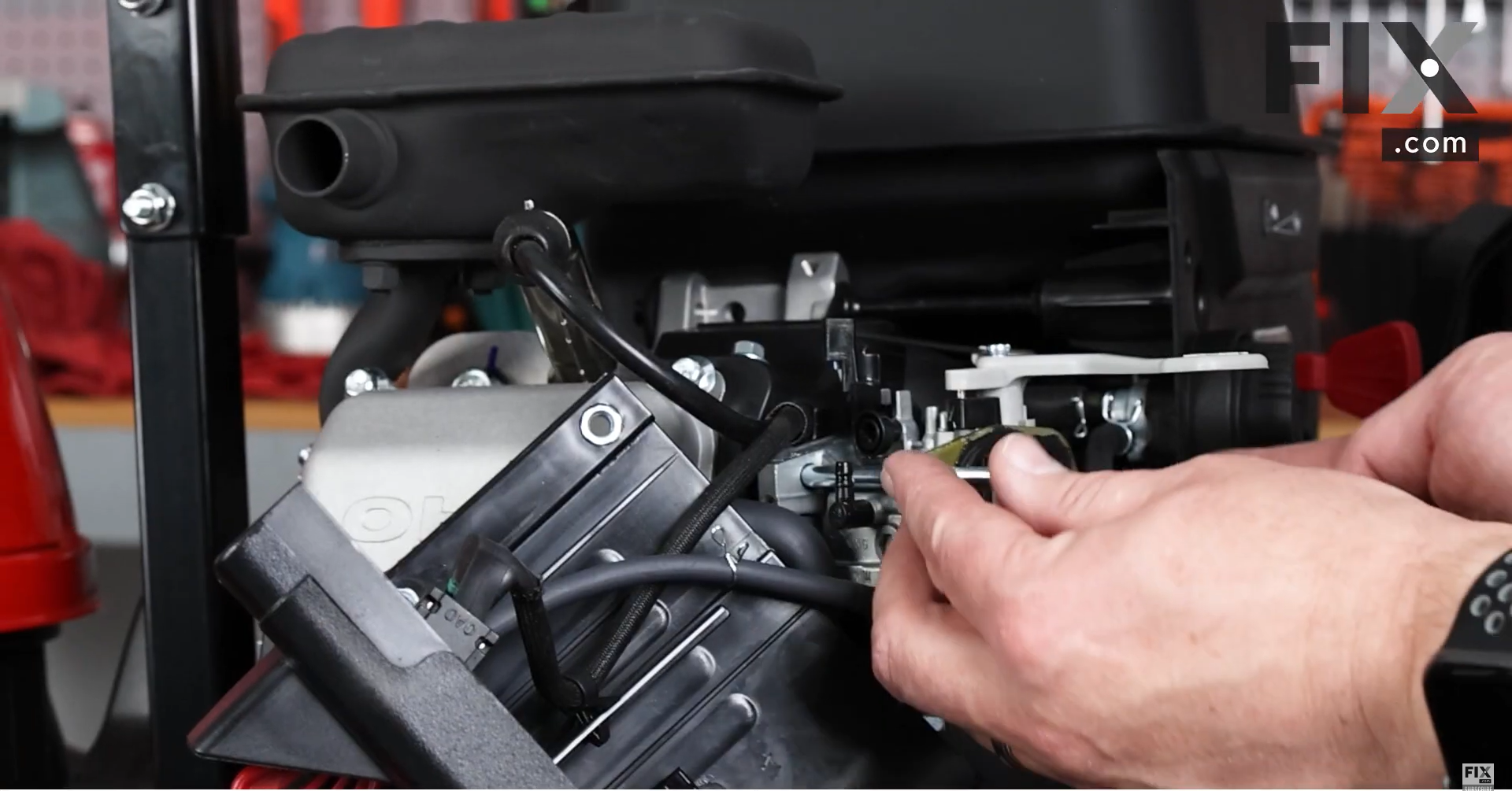
If you noticed that the carburetor or any of the other parts in your snowblower needs replacing, let us help you out! Find the parts you need in our catalogue fast - all you need is your model number.
How to Clean the Carburetor
To thoroughly clean the carburetor, you would need to disassemble it. Taking it apart allows you to completely remove the deposits, clogs, and debris from all of its smaller parts.
Pro Tip: Drain any fuel that spills out from the carburetor into a catch tank.
- Start by unfastening the carburetor bowl and removing it
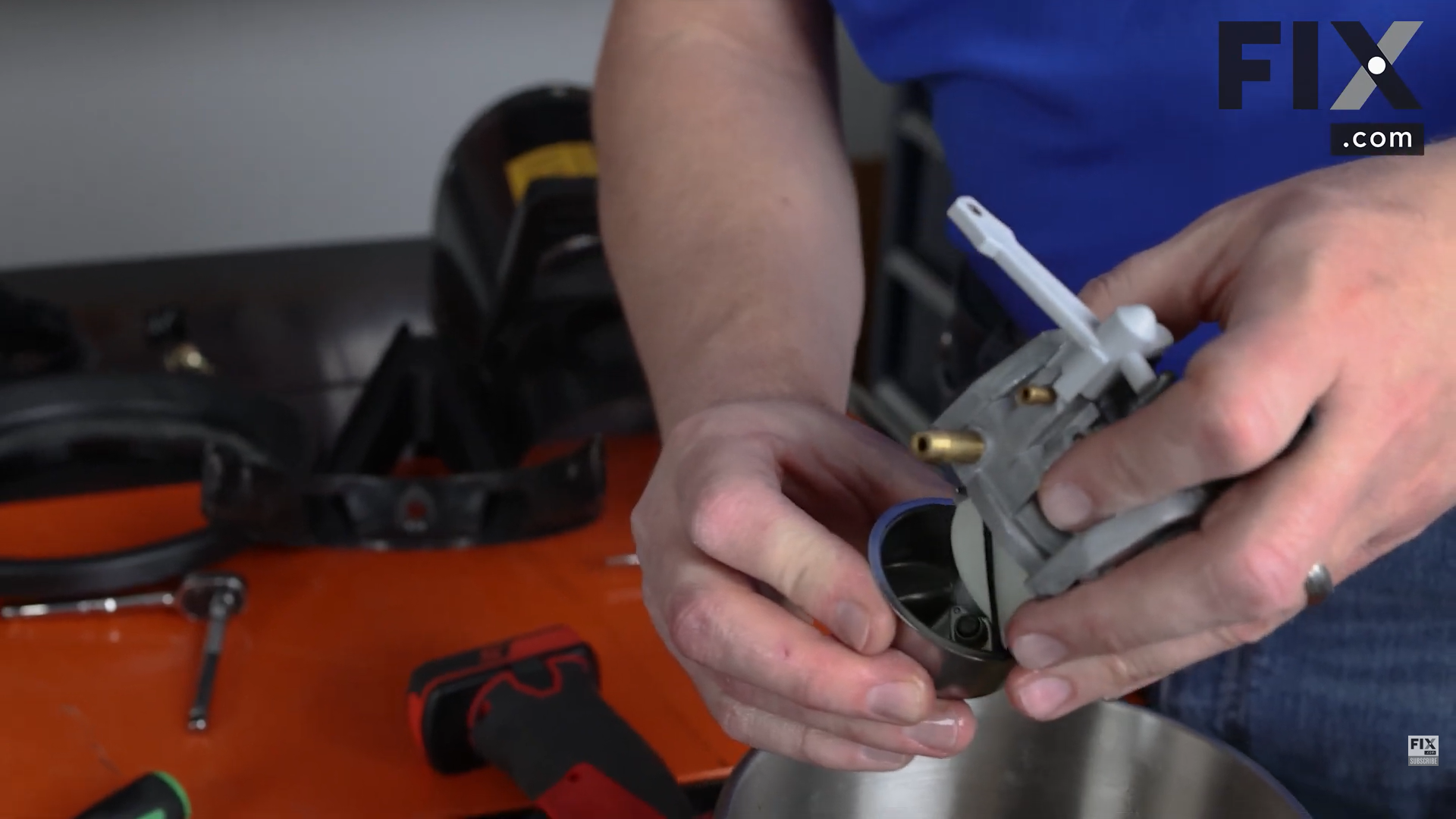
- Detach the choke lever
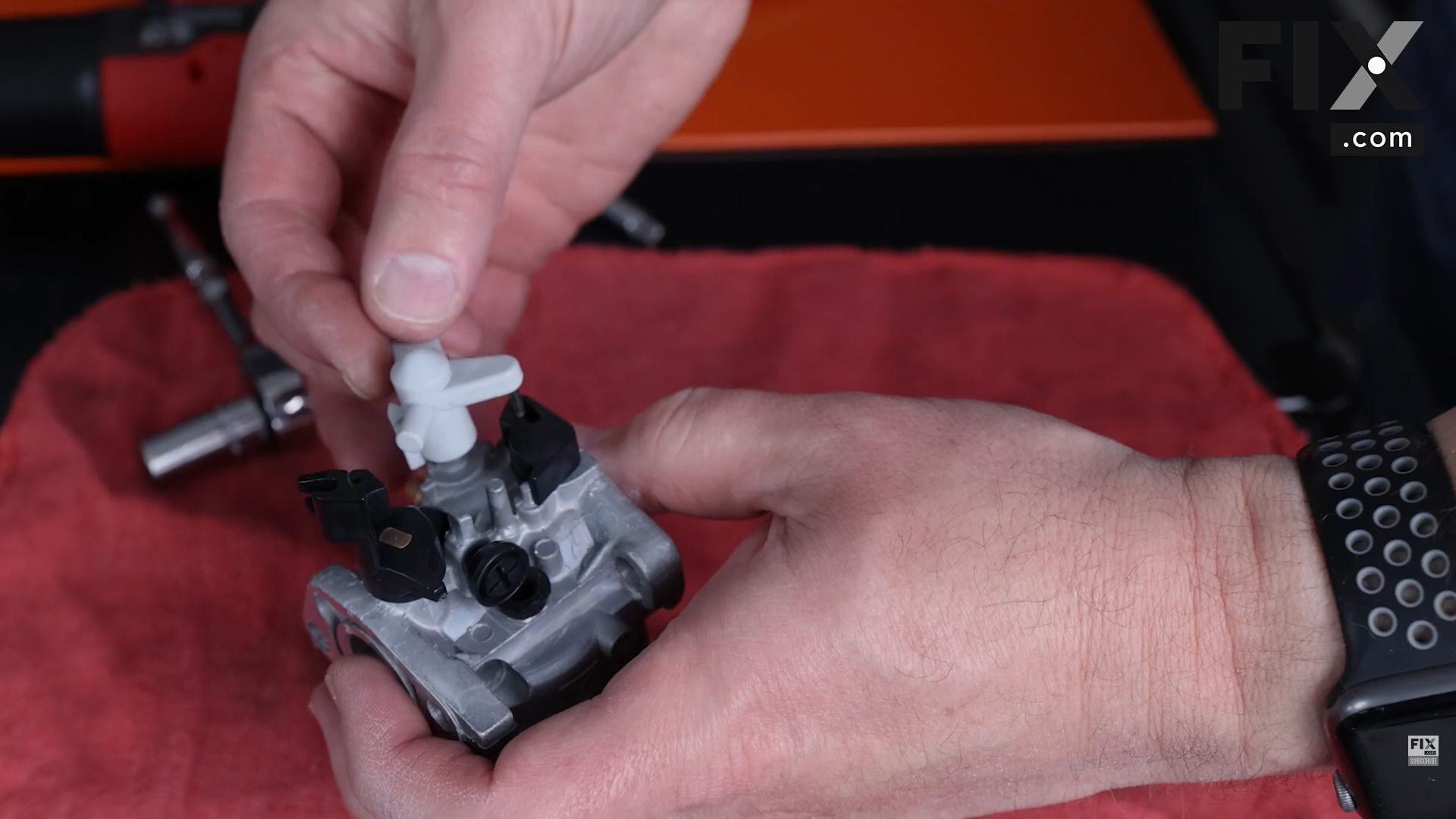
- Take the float out
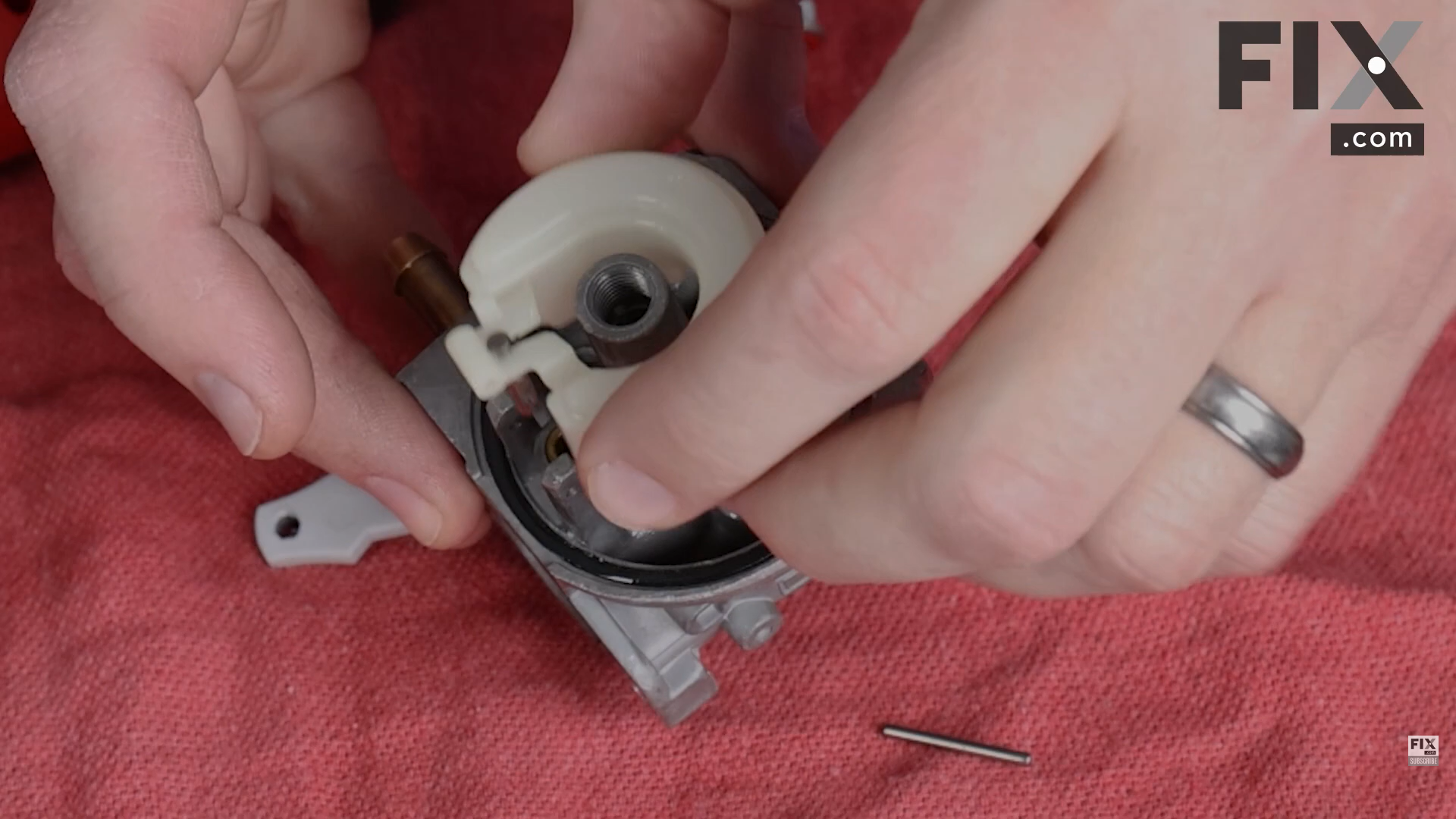
- Remove the metering needle
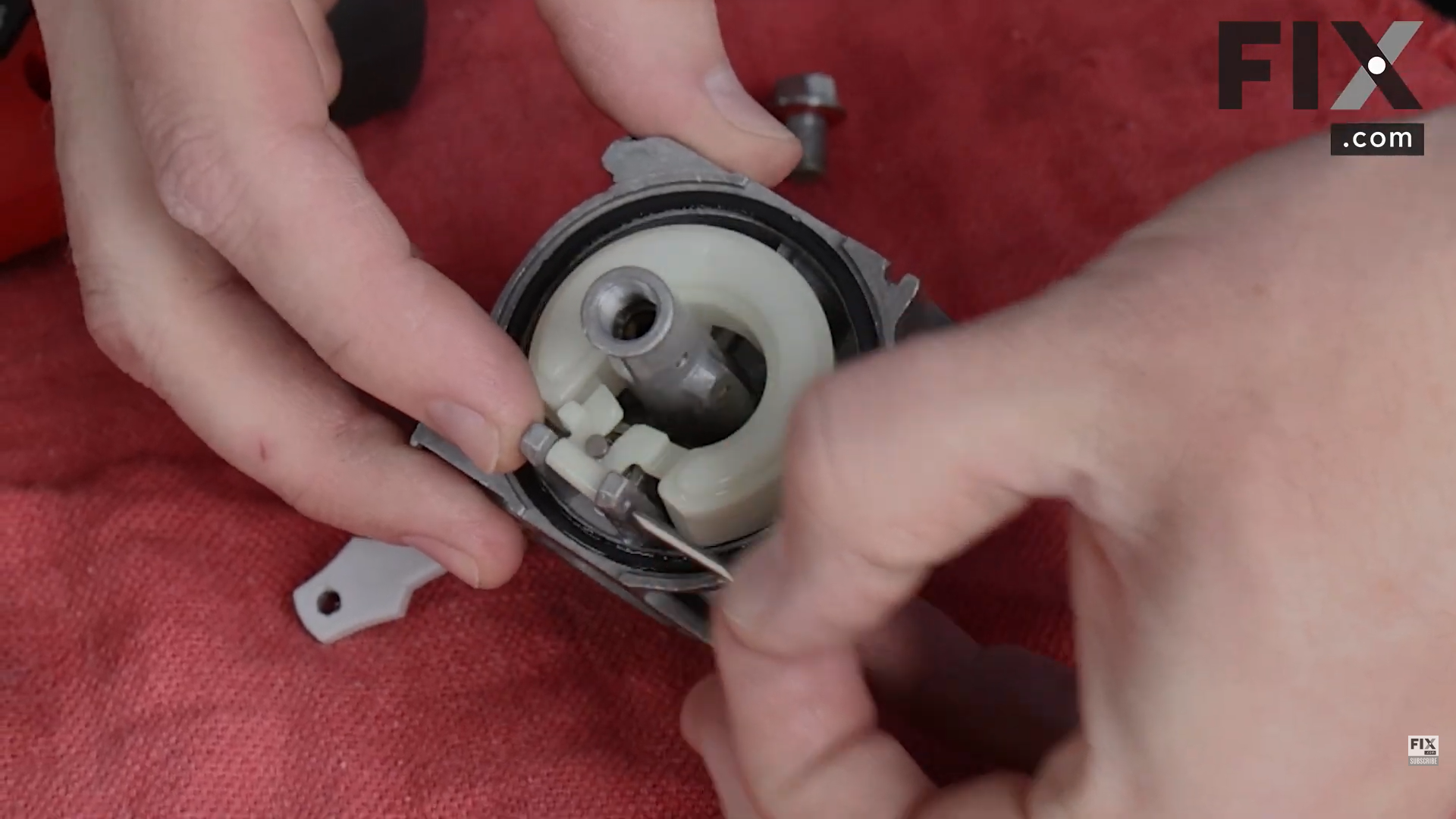
- Peel the bowl gasket from the carburetor
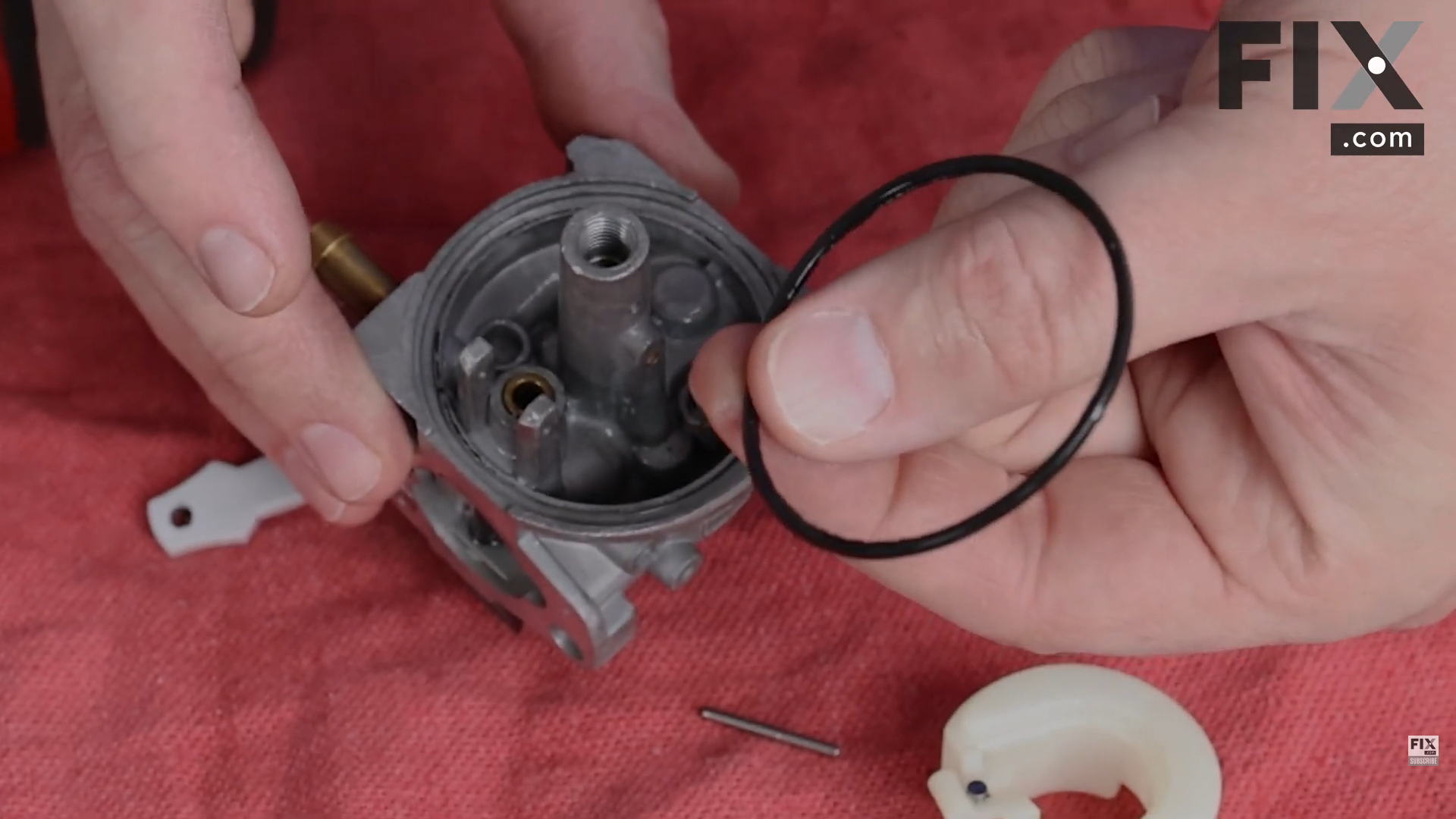
- Take the main jet out
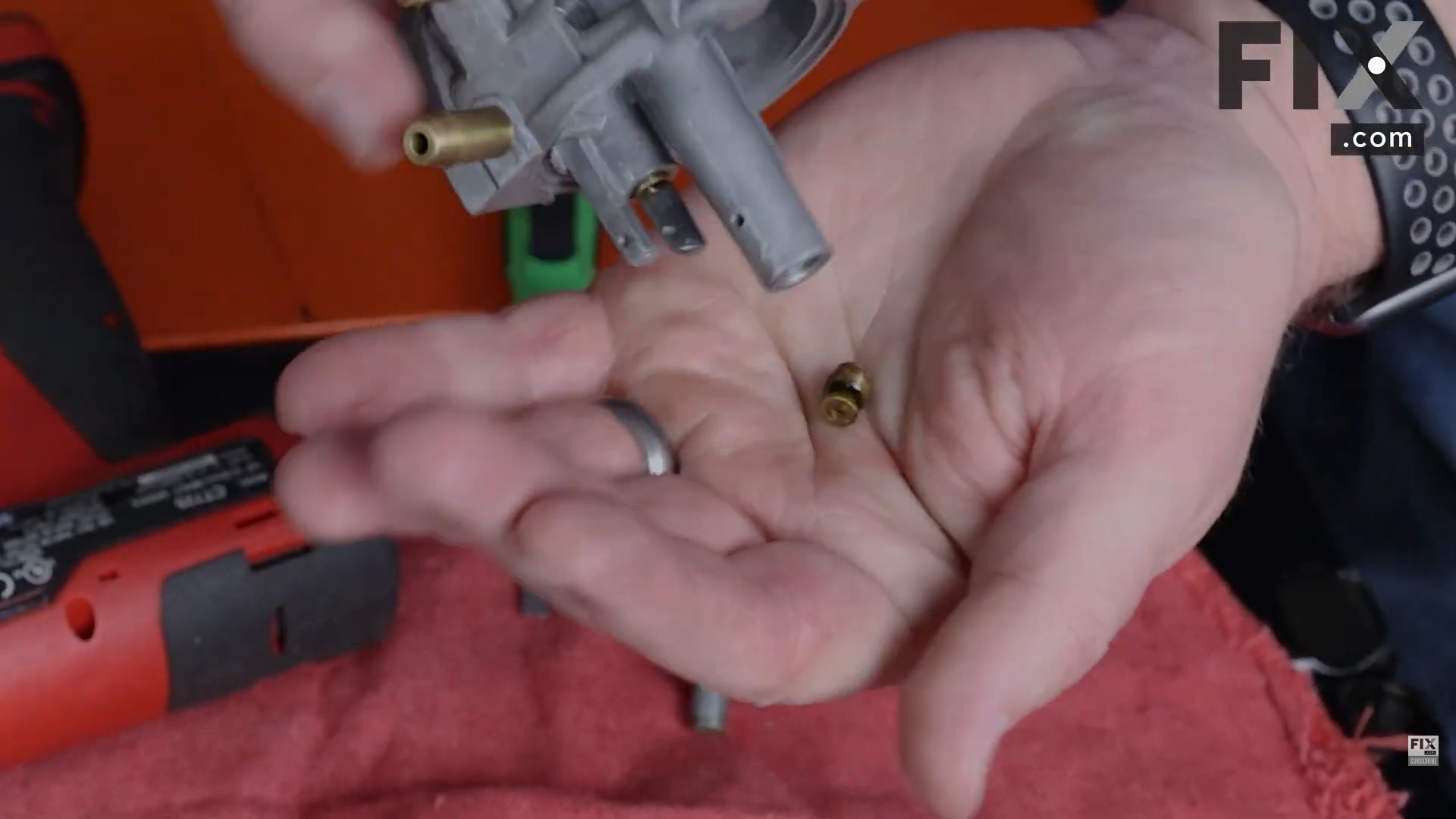
- Remove the emotion tube
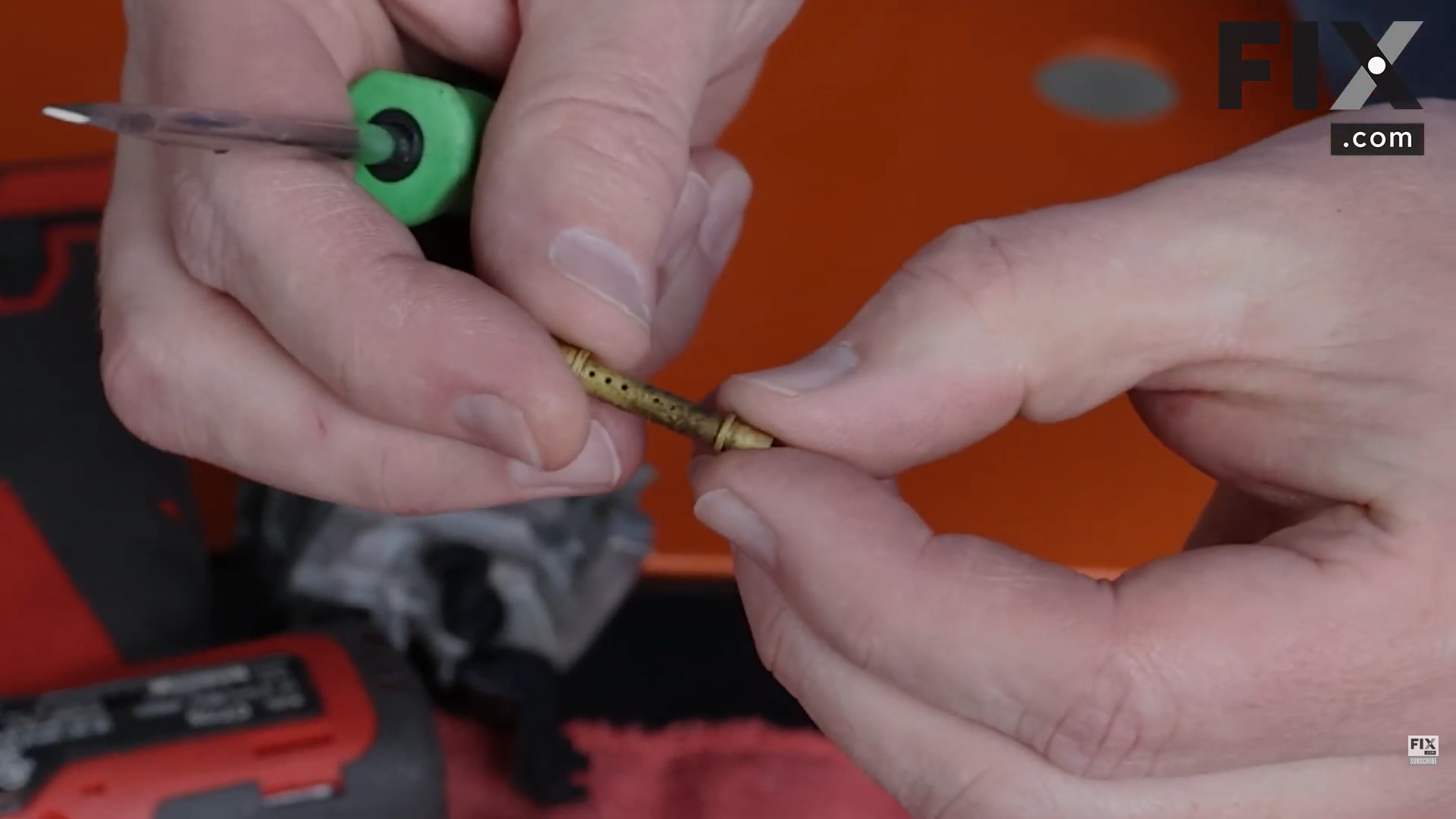
- Unthread the idle screw
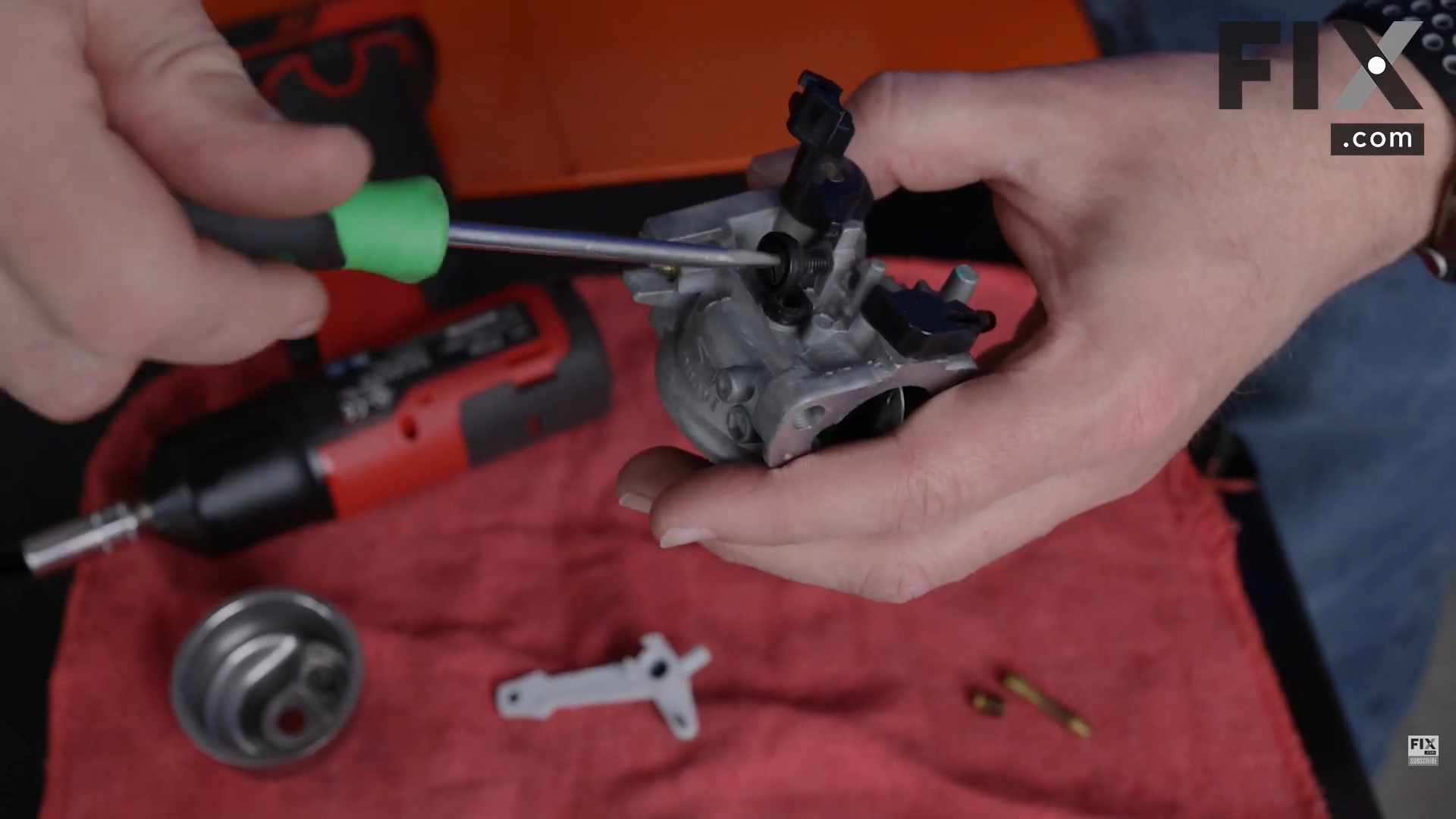
- Detach the pilot jet
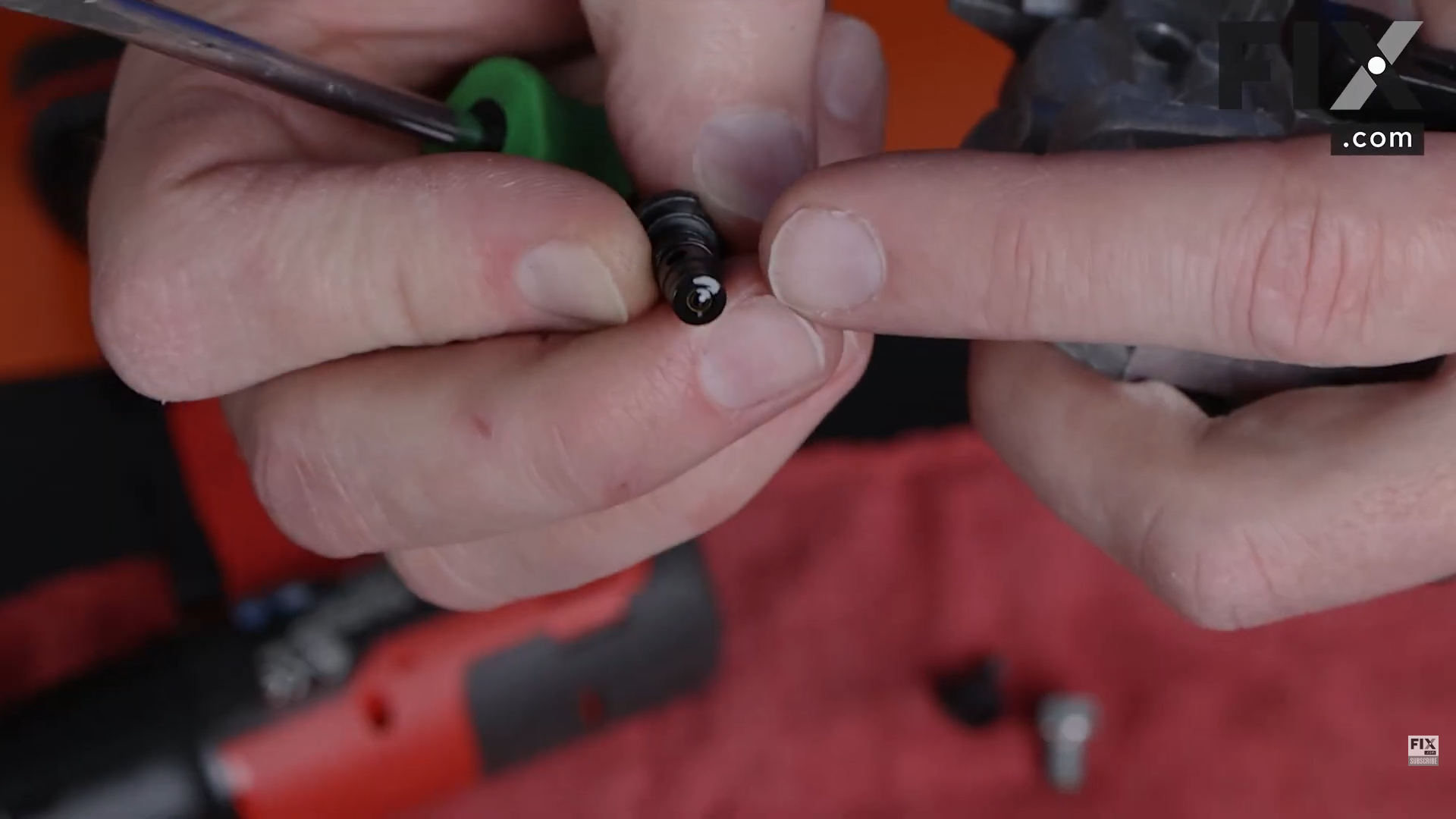
- Clean the parts using a carburetor cleaner or an ultrasonic cleaner. Avoid sticking anything metal inside the jets' openings - use something soft instead like a piece of fishing line
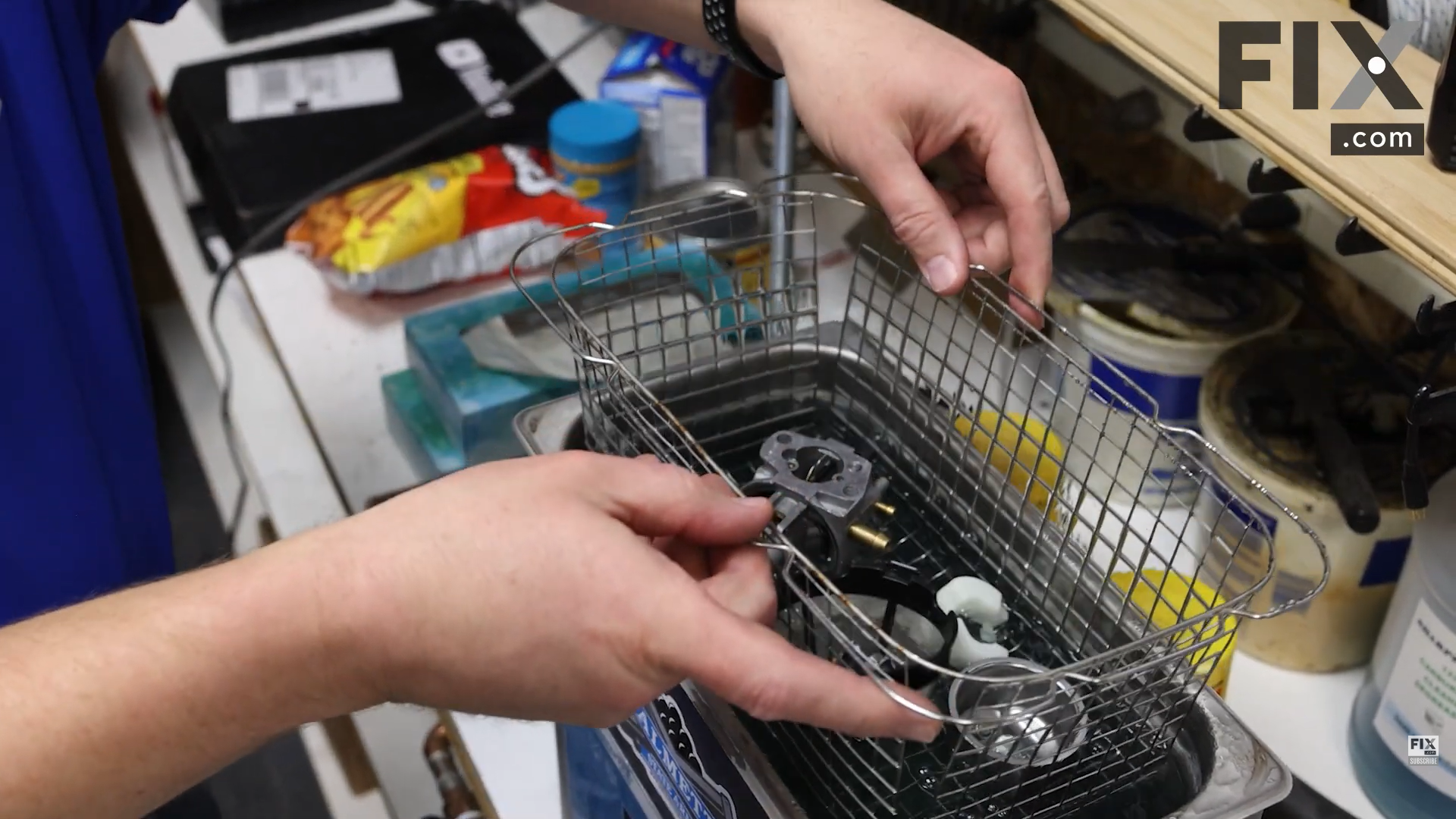
- Reassemble the carburetor afterwards
Some Other Things to Consider...
Is your snowblower still making you scratch your head and leaving you wondering where it all went wrong? Here are a couple of more things you should check out.
Are the Valves in the Correct Position?
Conventionally, your snowblower’s shut-off valve must be set on the “open” position, its choke on “full”, and its ignition switch on “on” or “run”. These settings may vary across models so you will need to consult your user’s manual.
Don’t have your user’s manual on hand? Don’t fret! The Fix App fetches all the information you need on all your appliances. All you need to do is to key in any relevant model numbers – it's that easy!
Have You Pressed the Primer Bulb?
The primer bulb is a small rubber button that feeds the carburetor with fuel, allowing for an easier start. Your user manual will instruct you how many times you need to press it, but three to five times should do the trick.
Is the Spark Plug Clean?
The spark plug produces the powerful spark needed for ignition but can only effectively do so when it is clean. To clean it, you would need to remove it using a spark plug socket. Light deposits can be removed using a wire brush and a spray-on cleaner. You would need to replace the plug if its stains are too stubborn or if cracks are present on its body.
You're All Set!
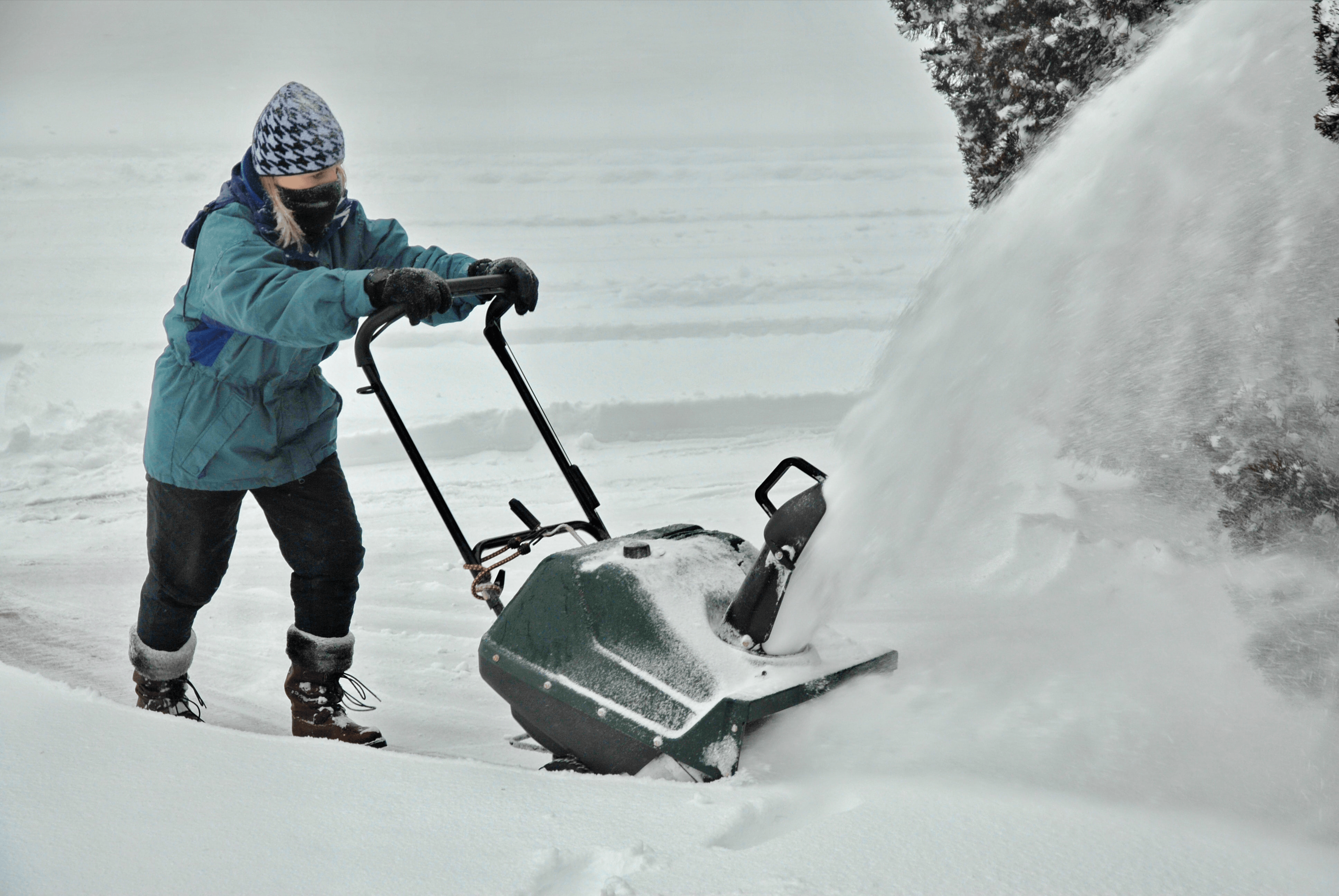
Now you're all ready to conquer your driveway! Interested in making the most out of your snowblower? Read all about our snowblower performance tips. Wielding a shovel to clear snow instead? Don't miss out on this handy guide that will show you how to do it safely and effectively.
